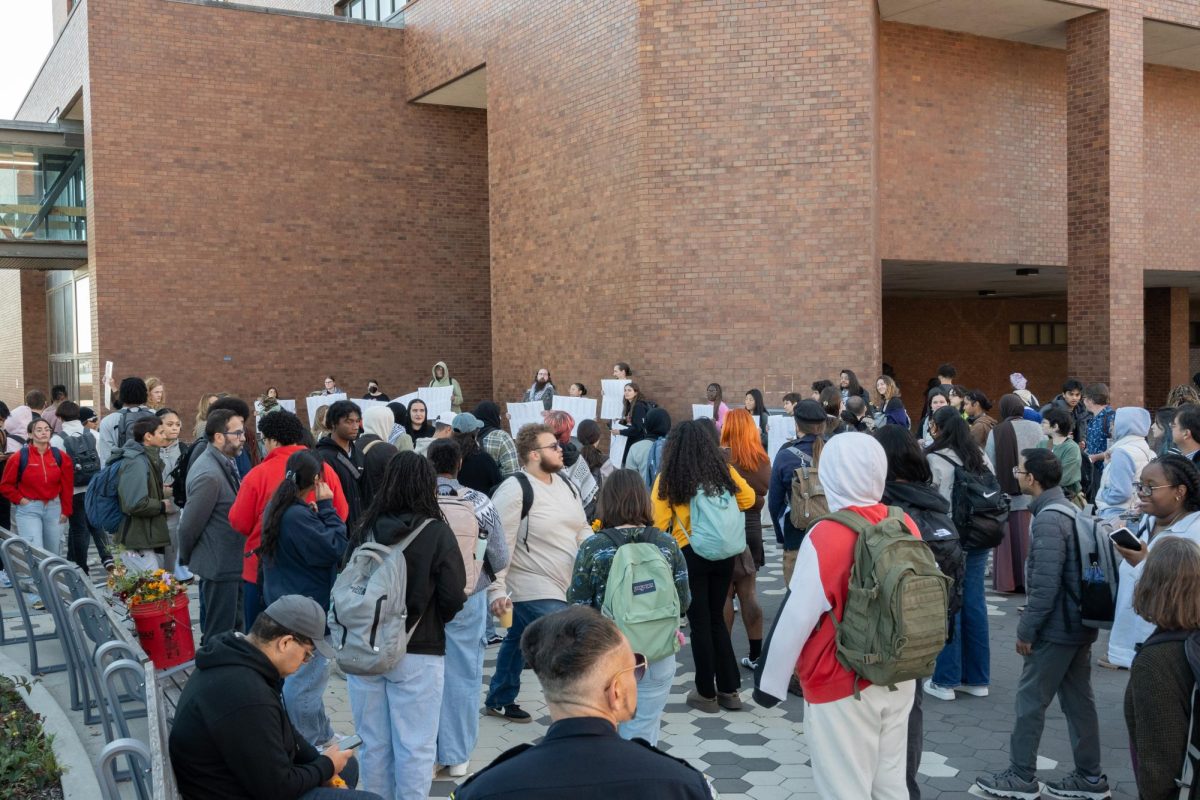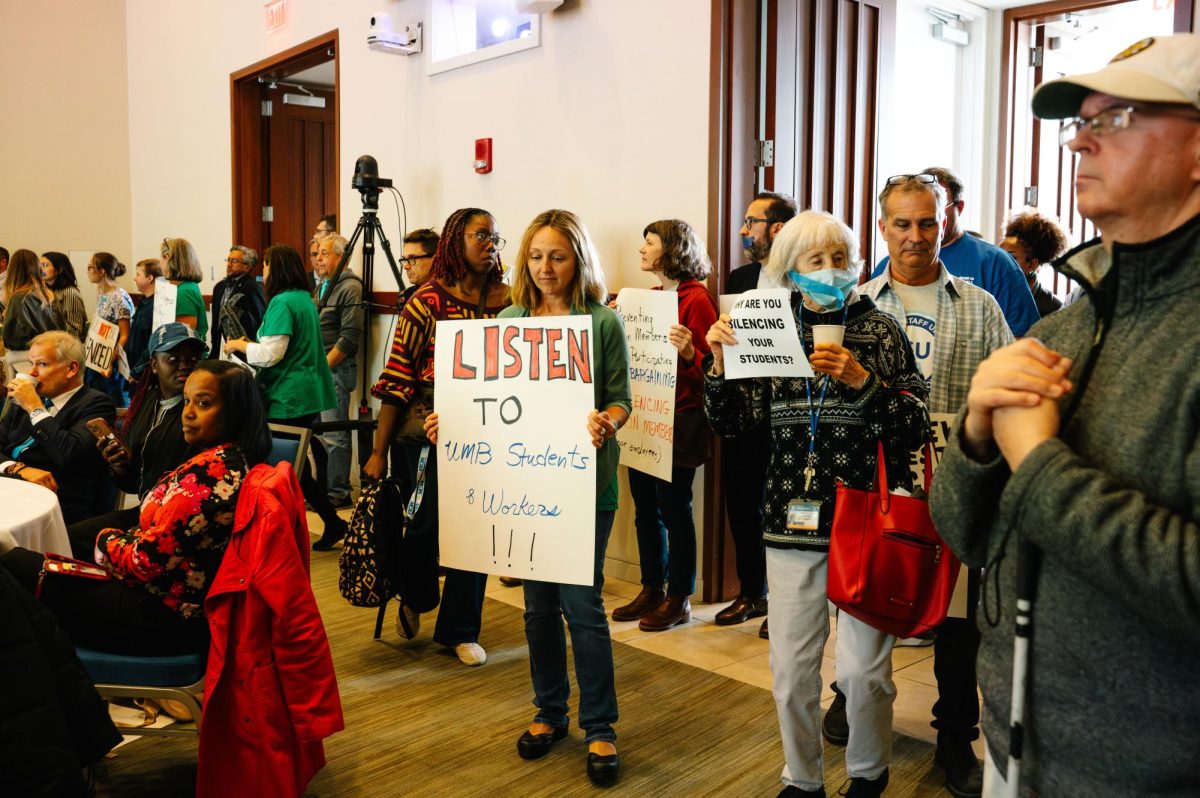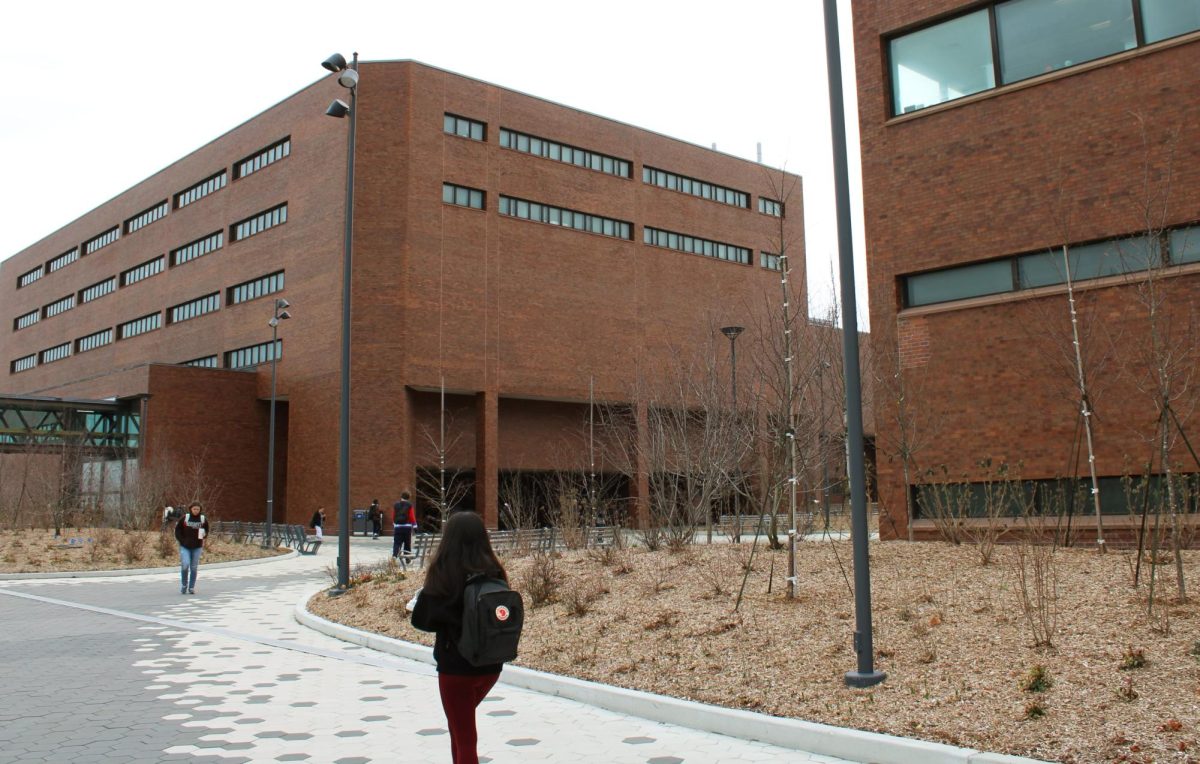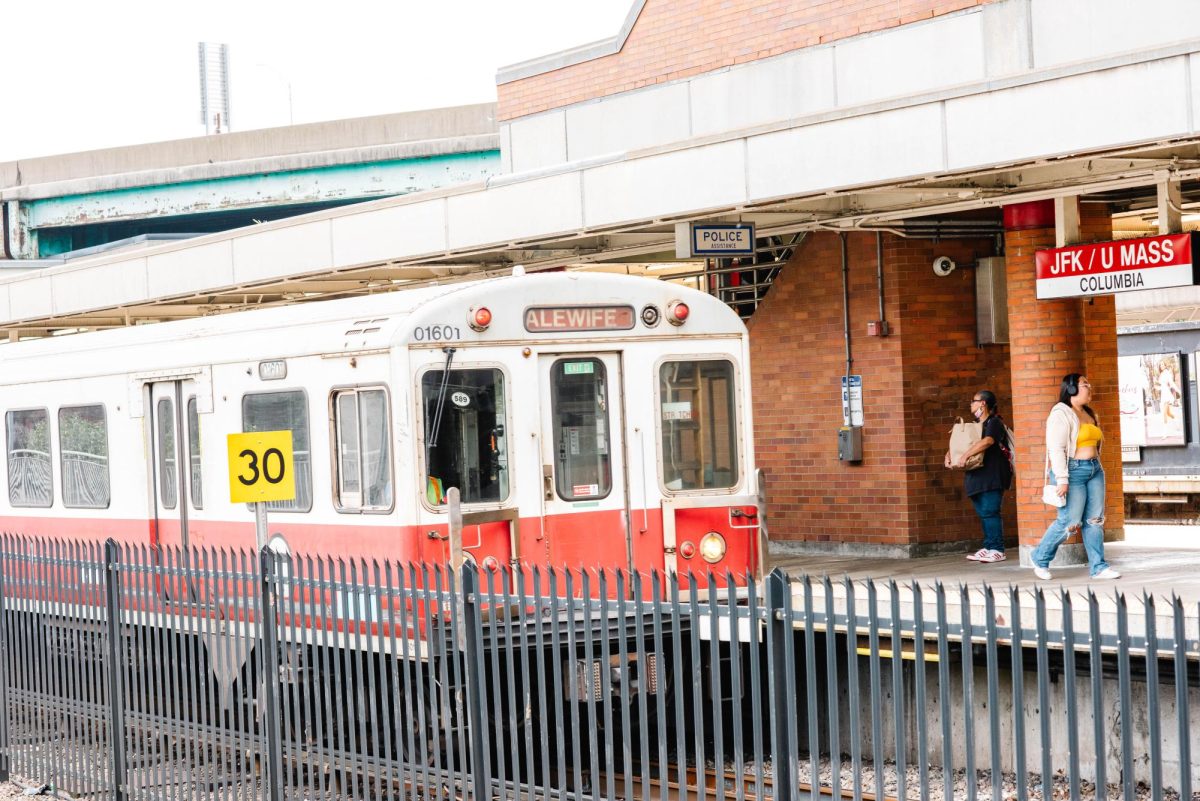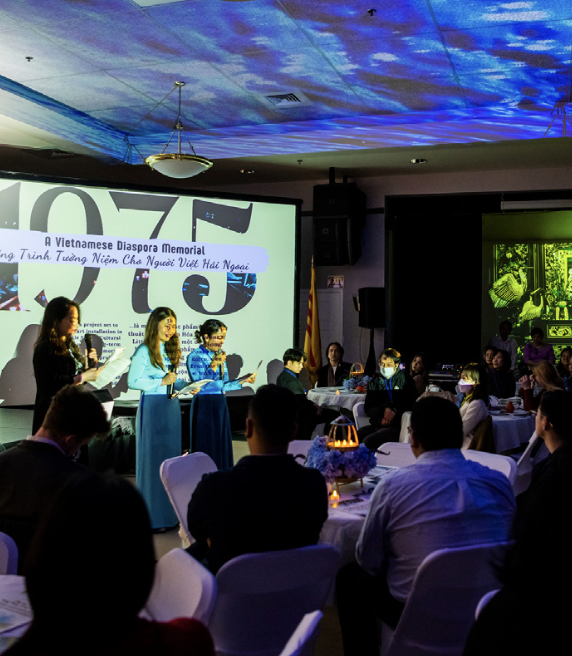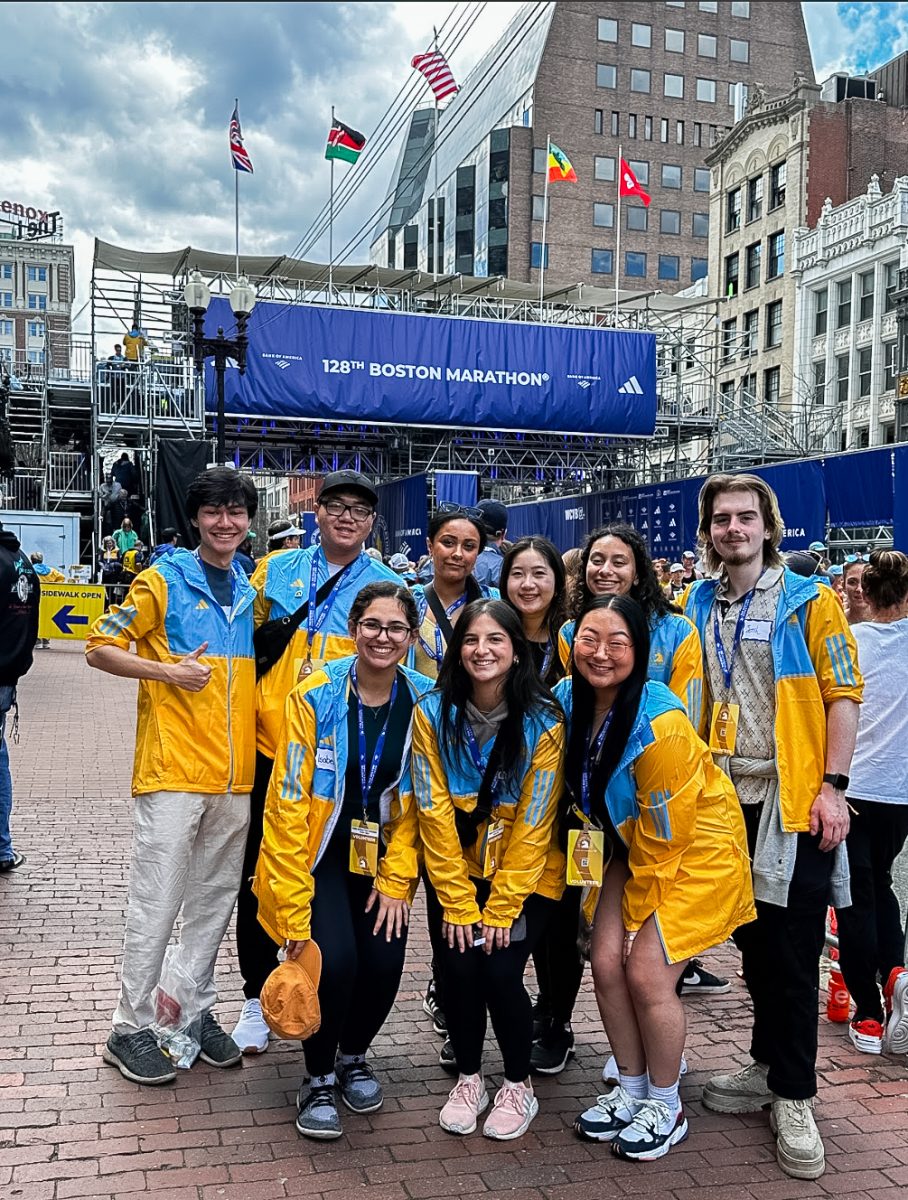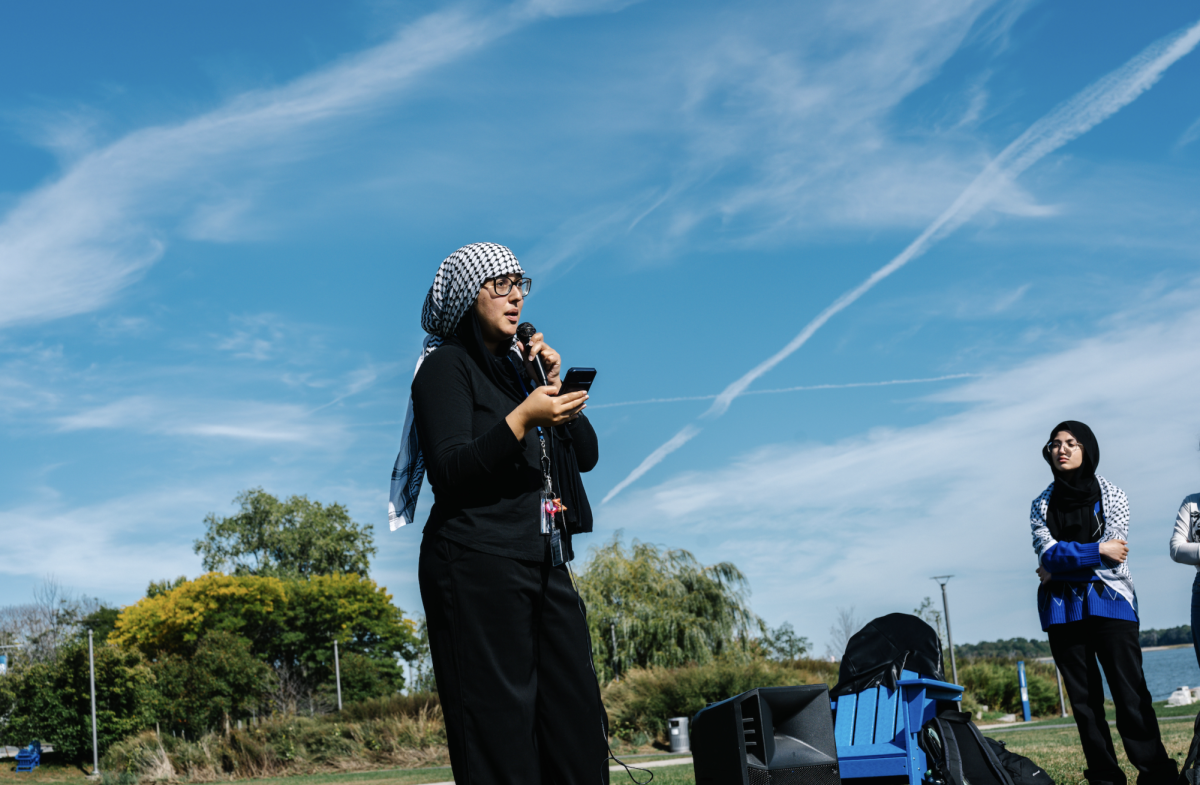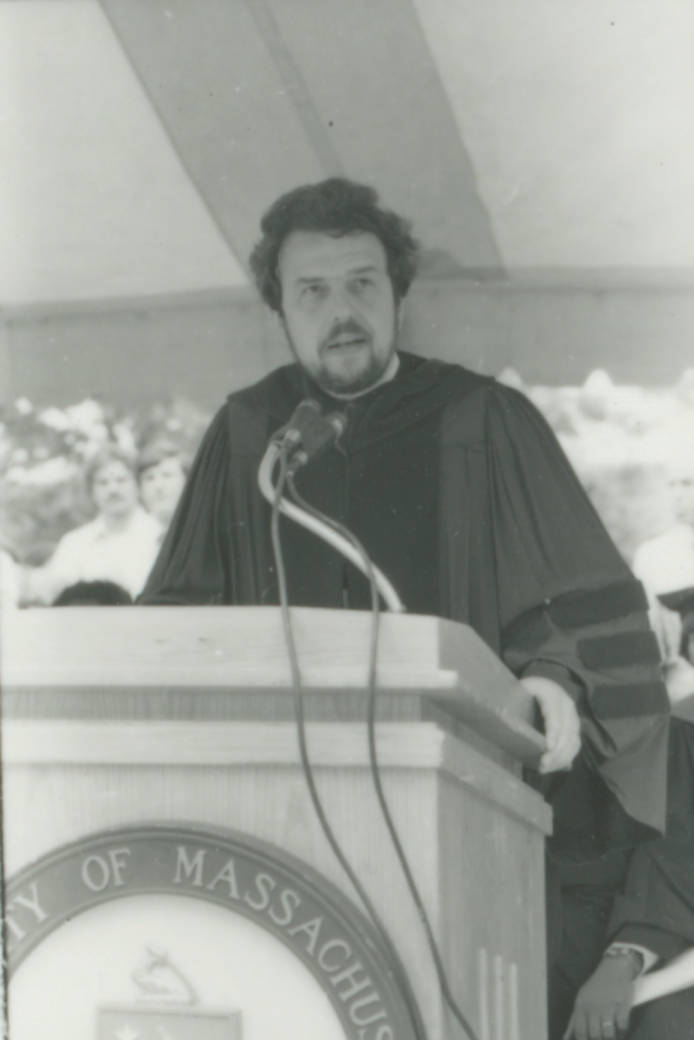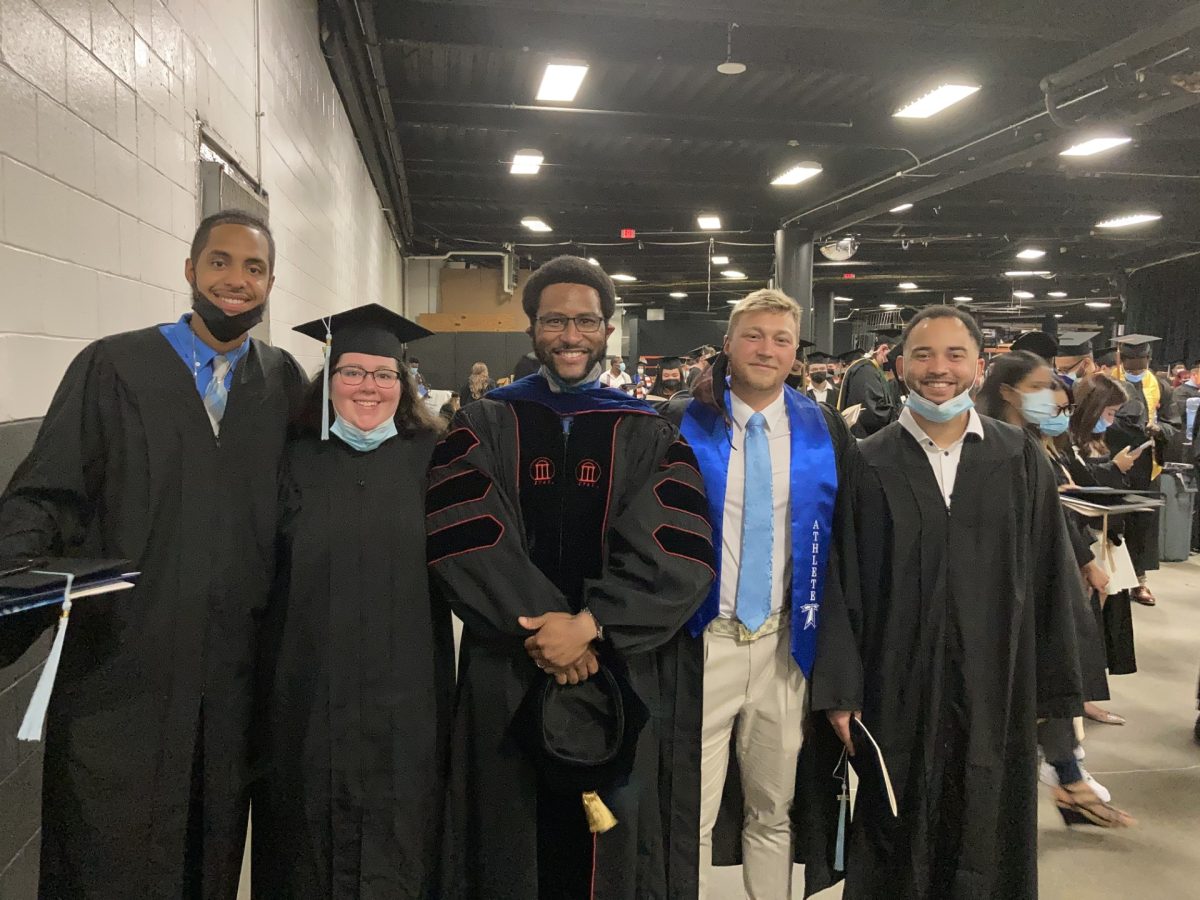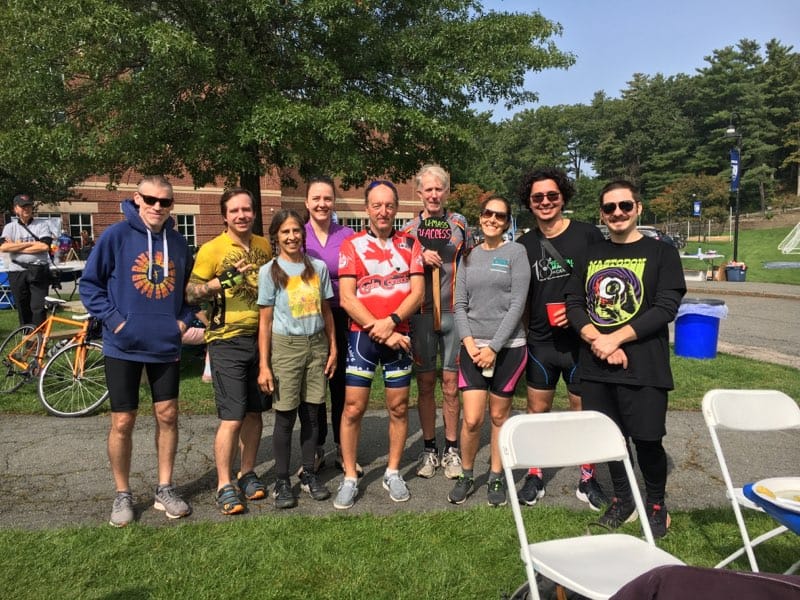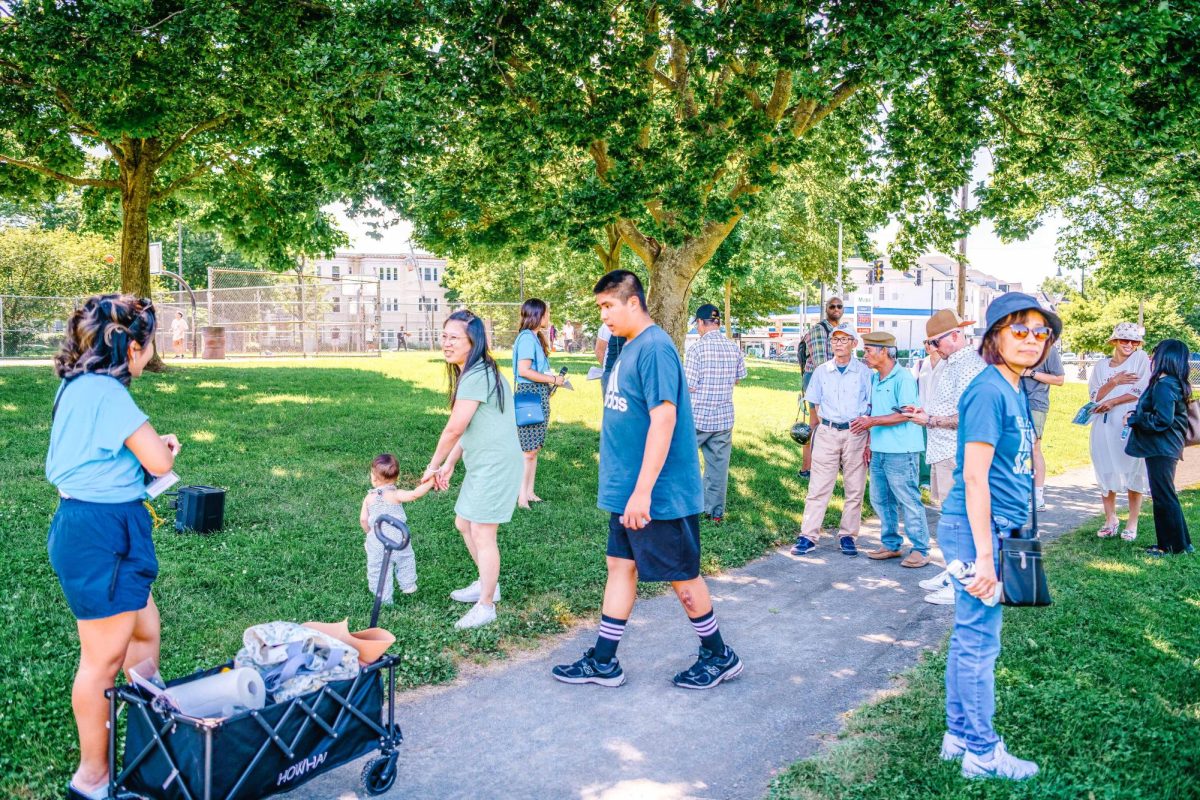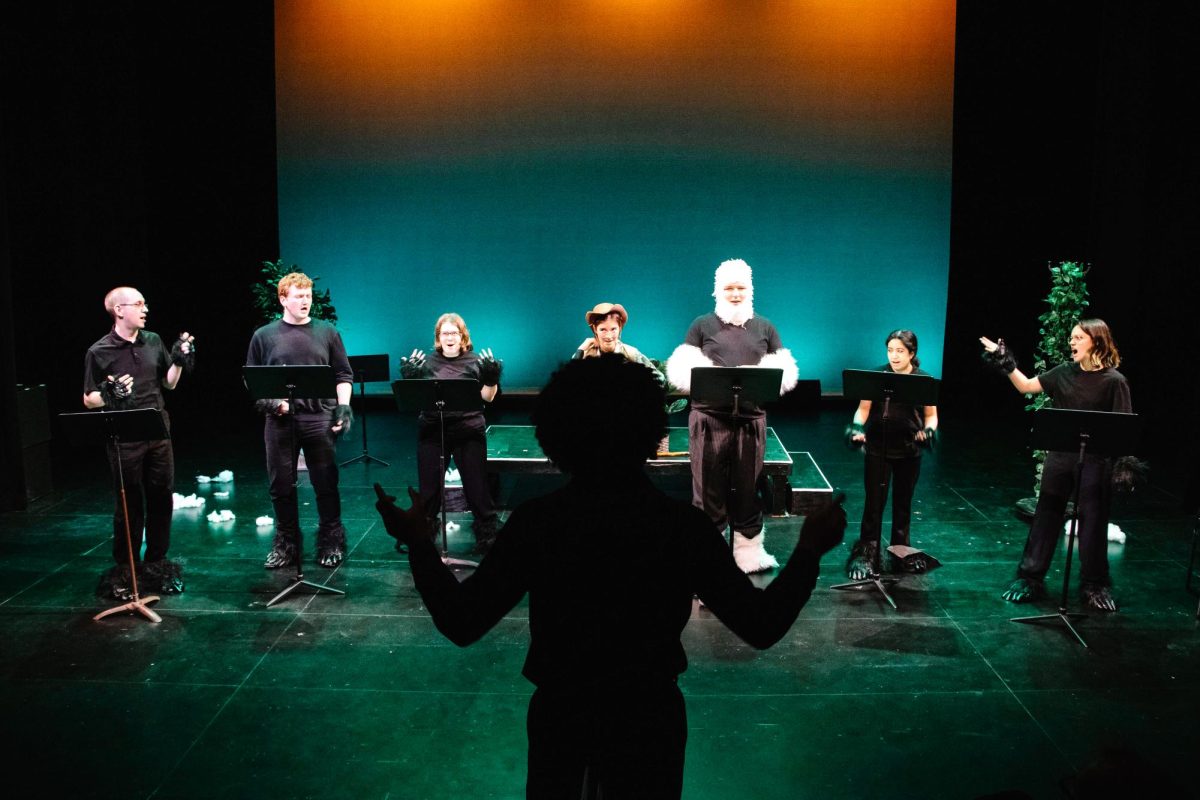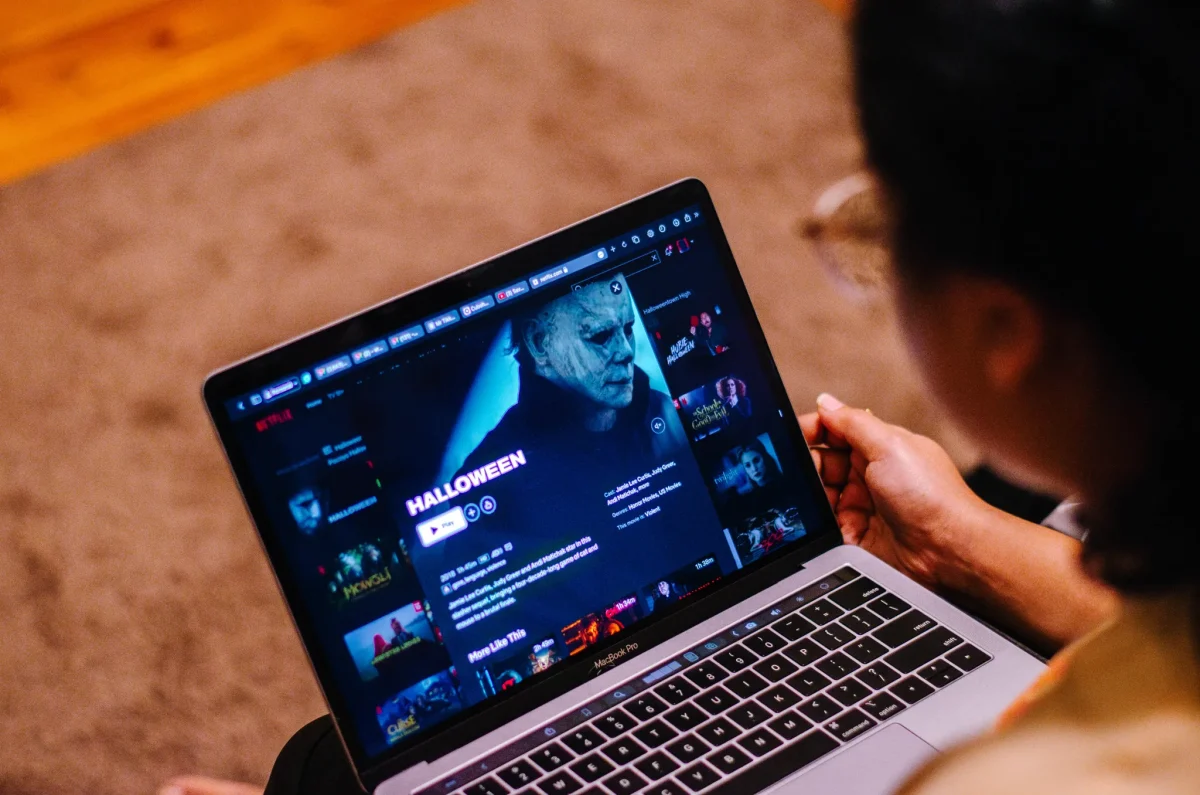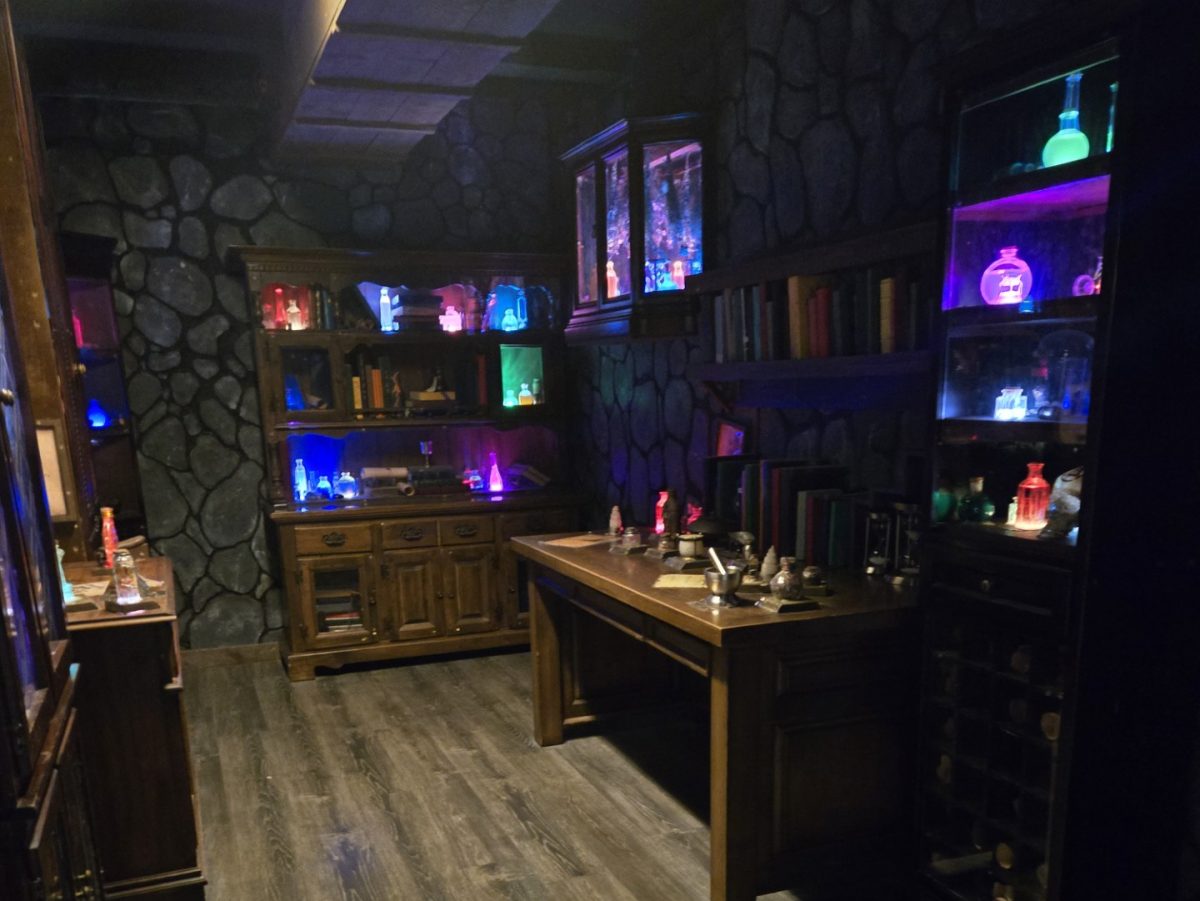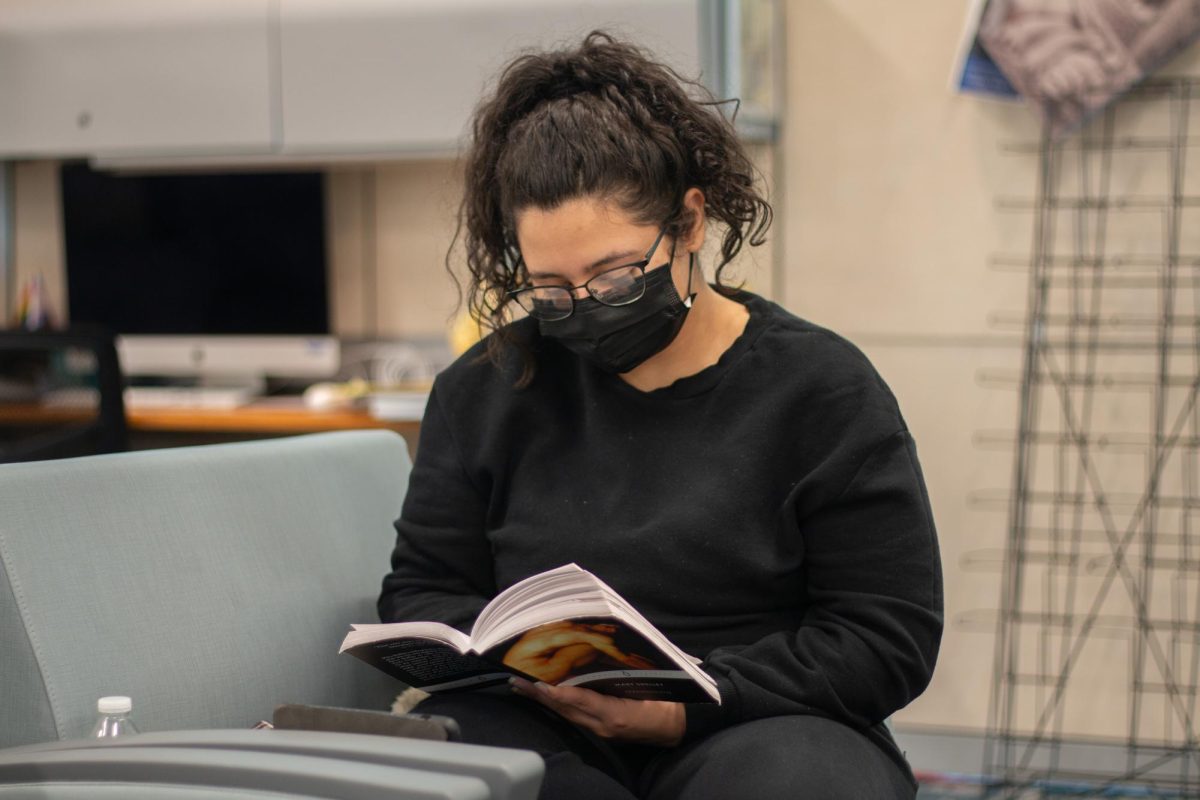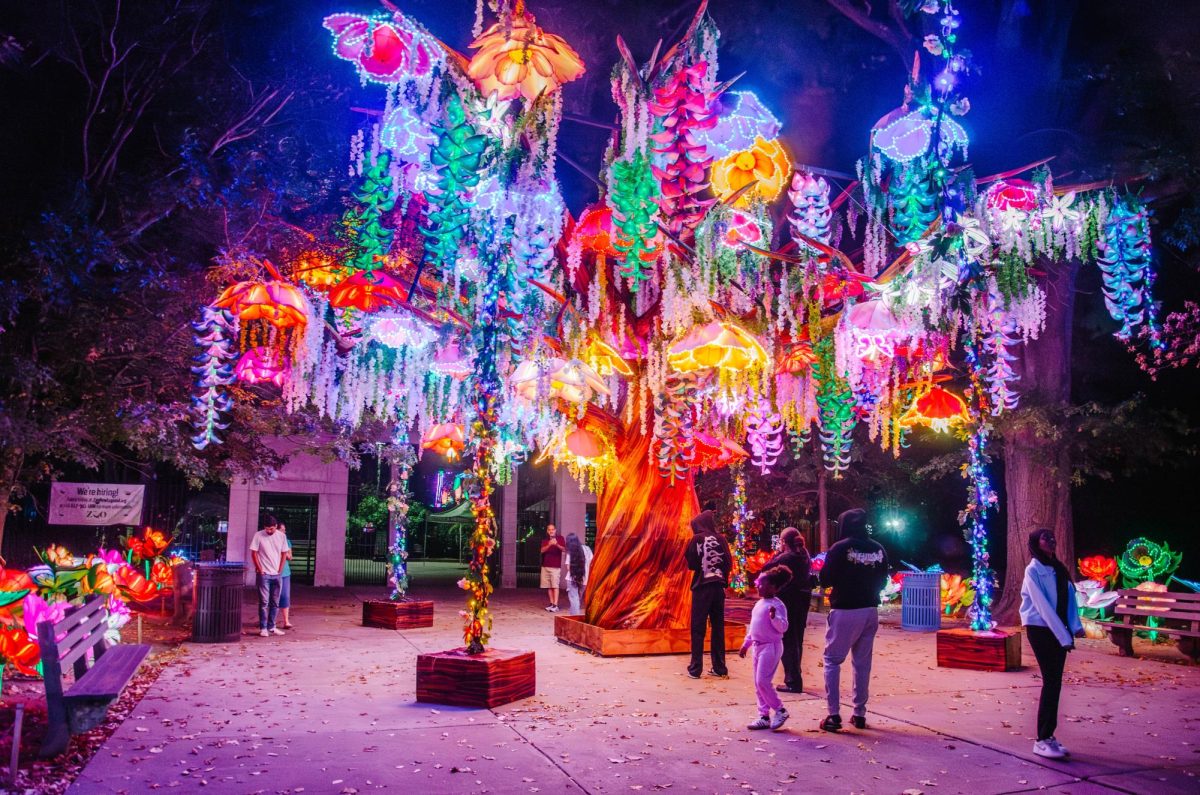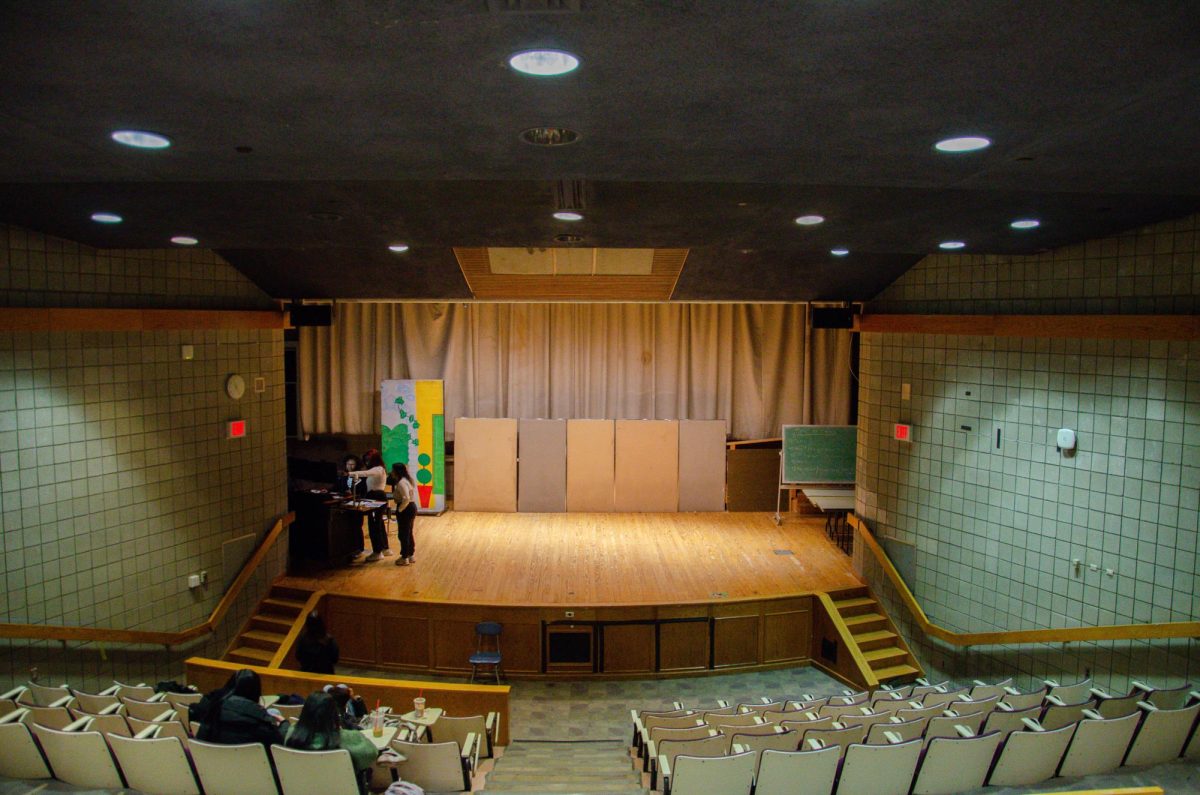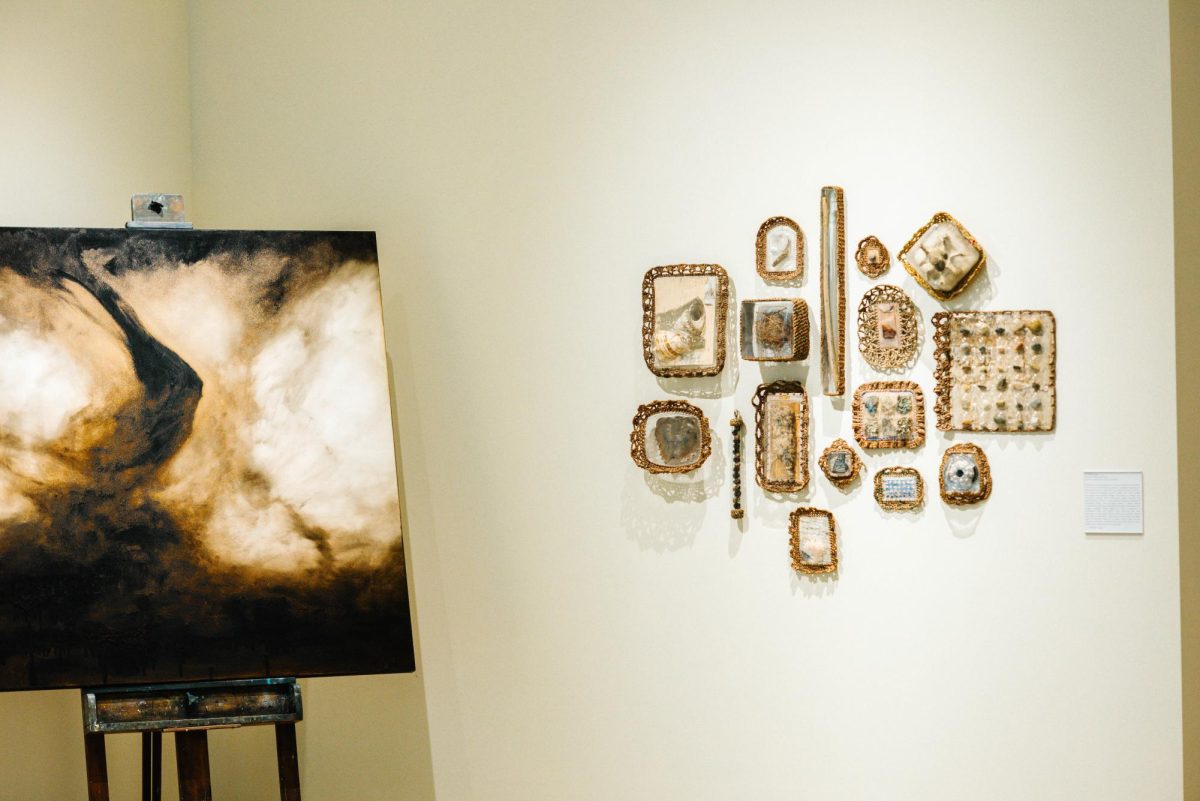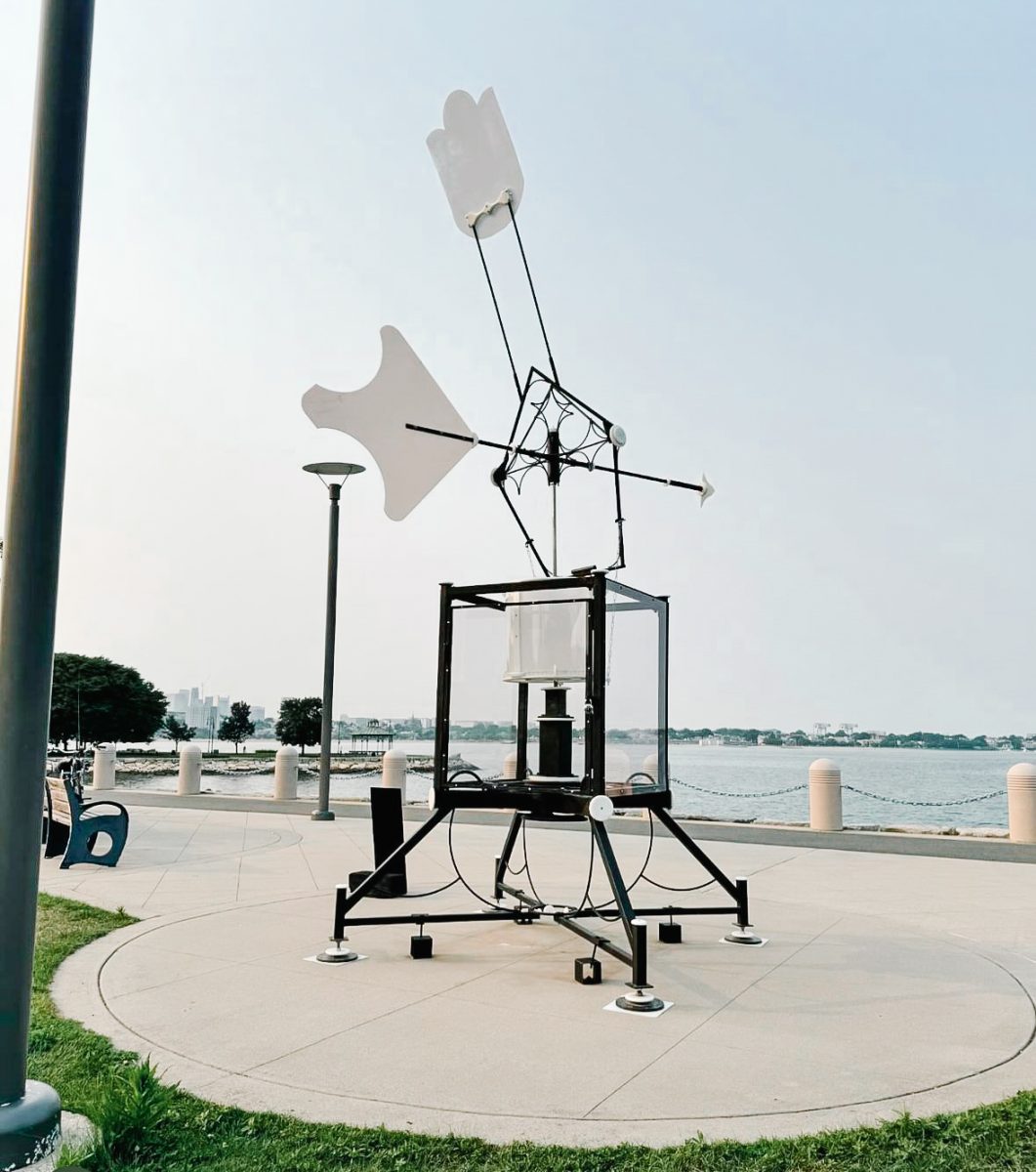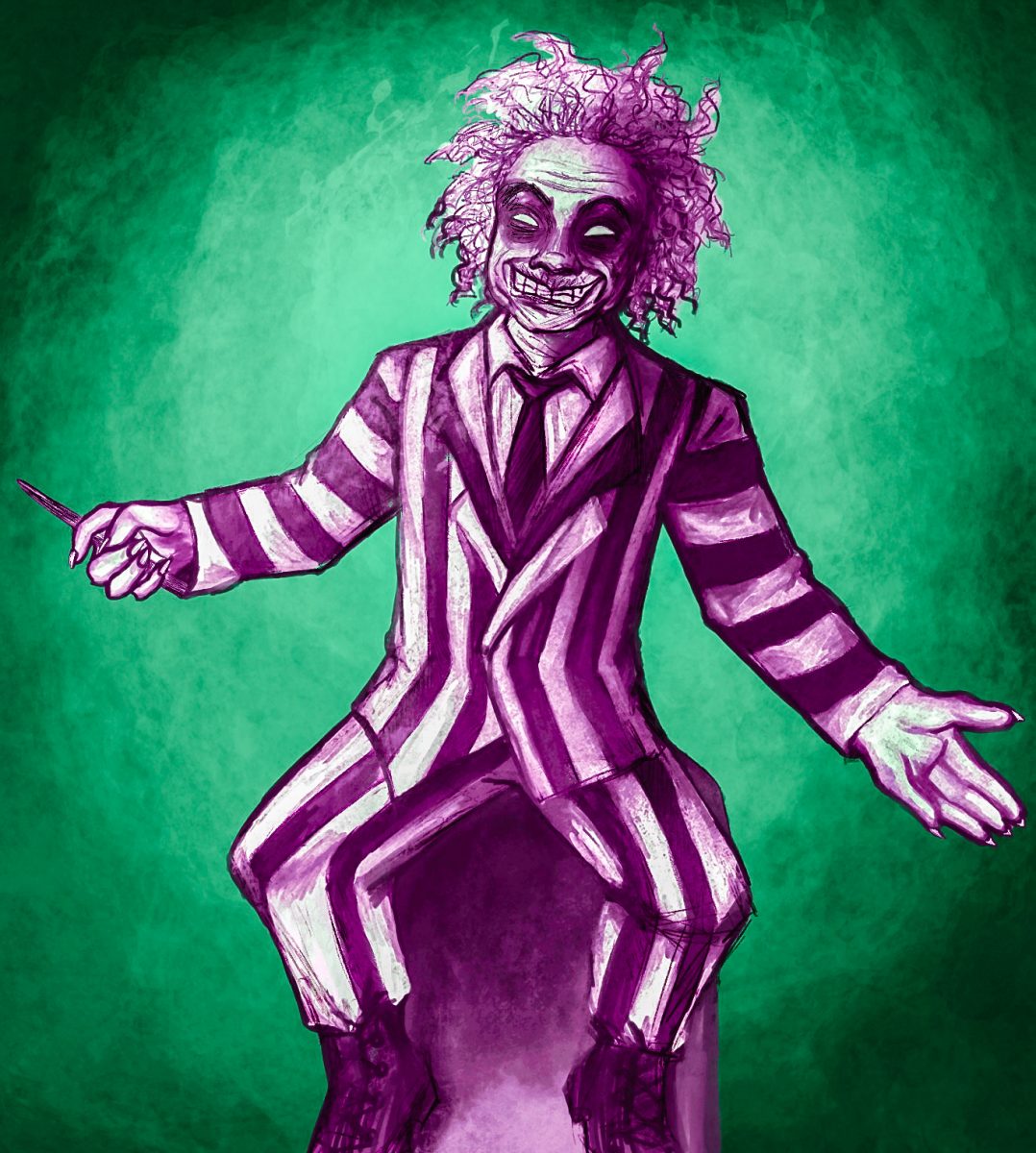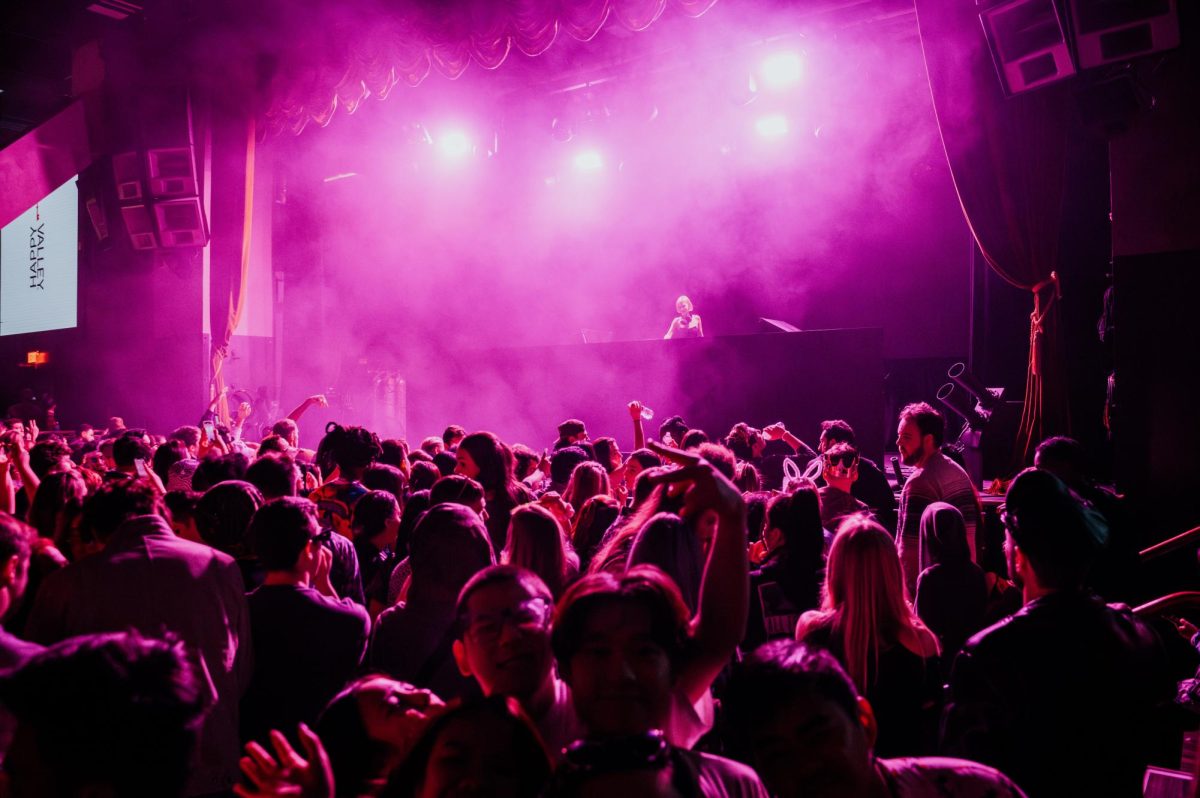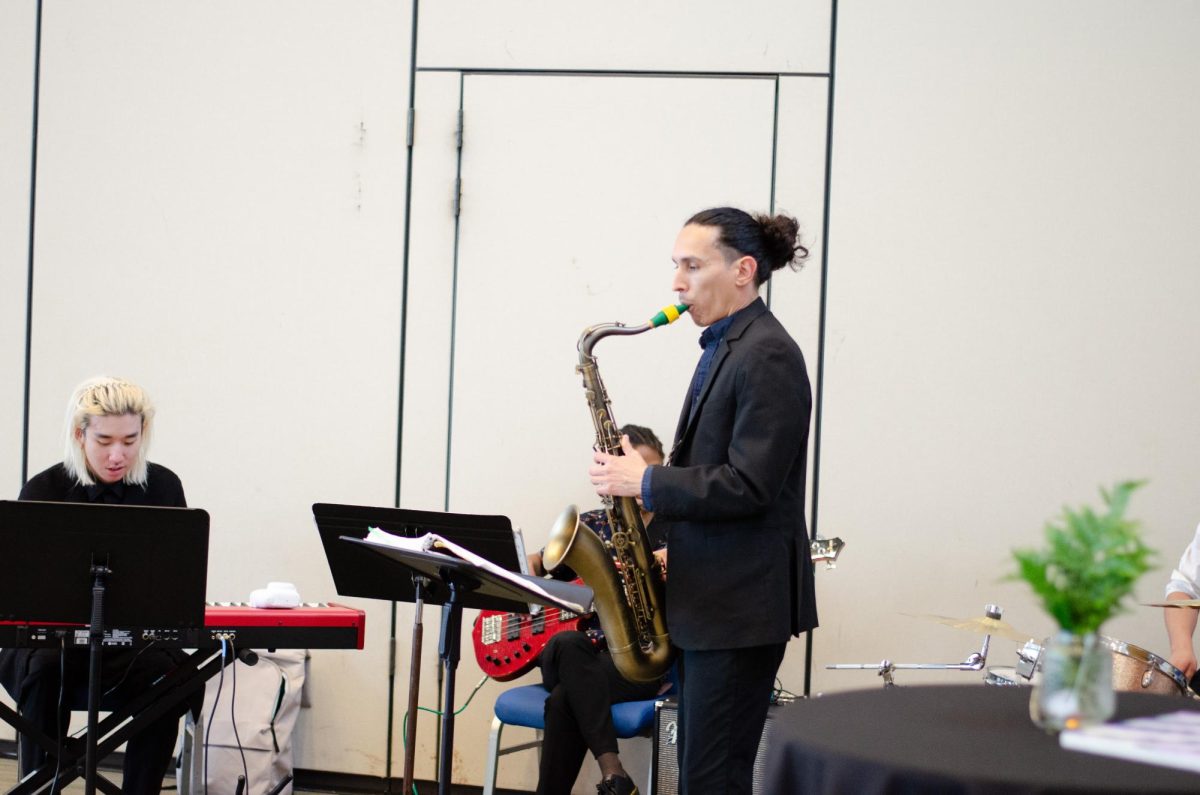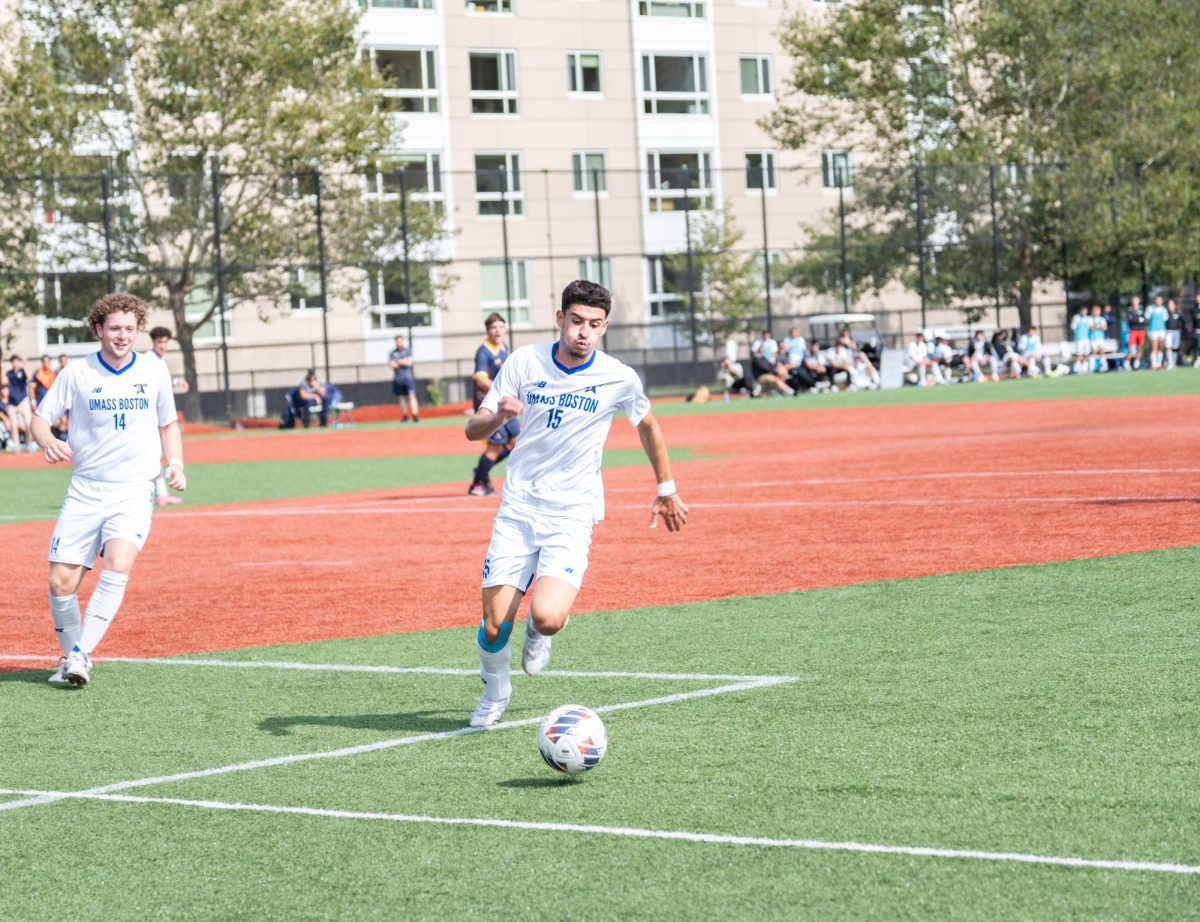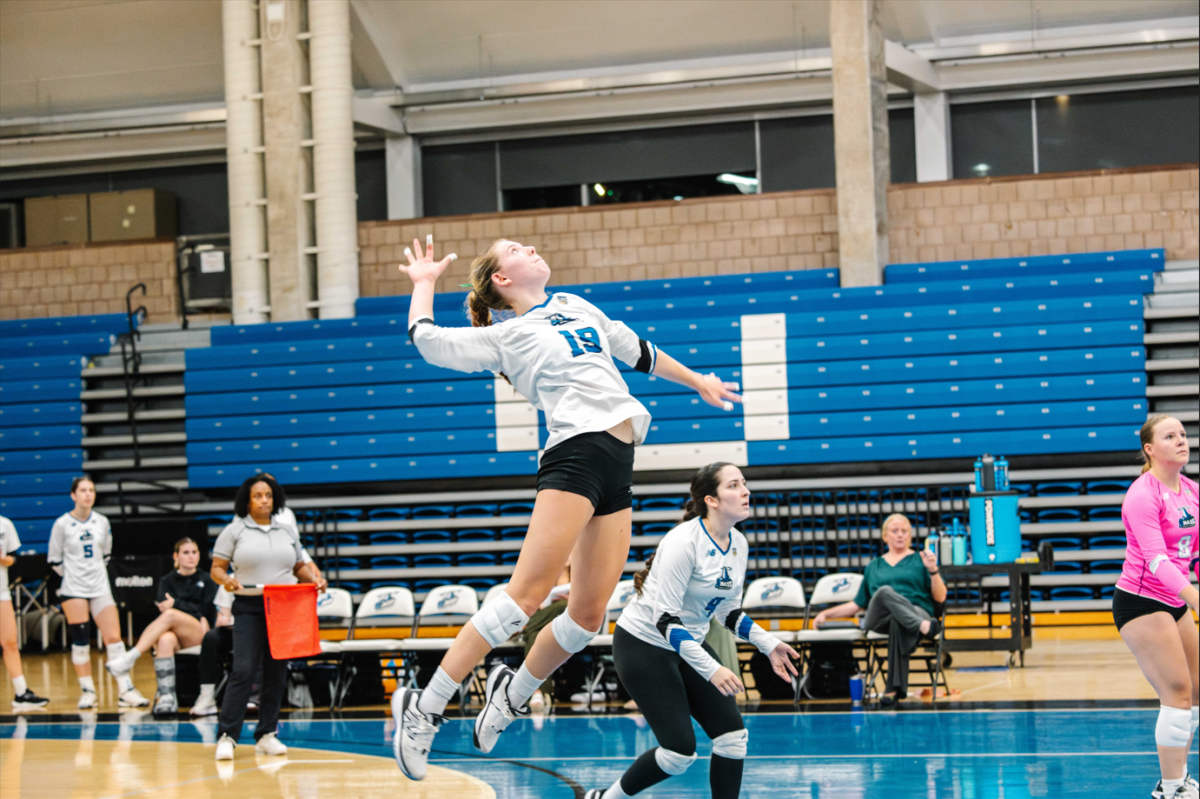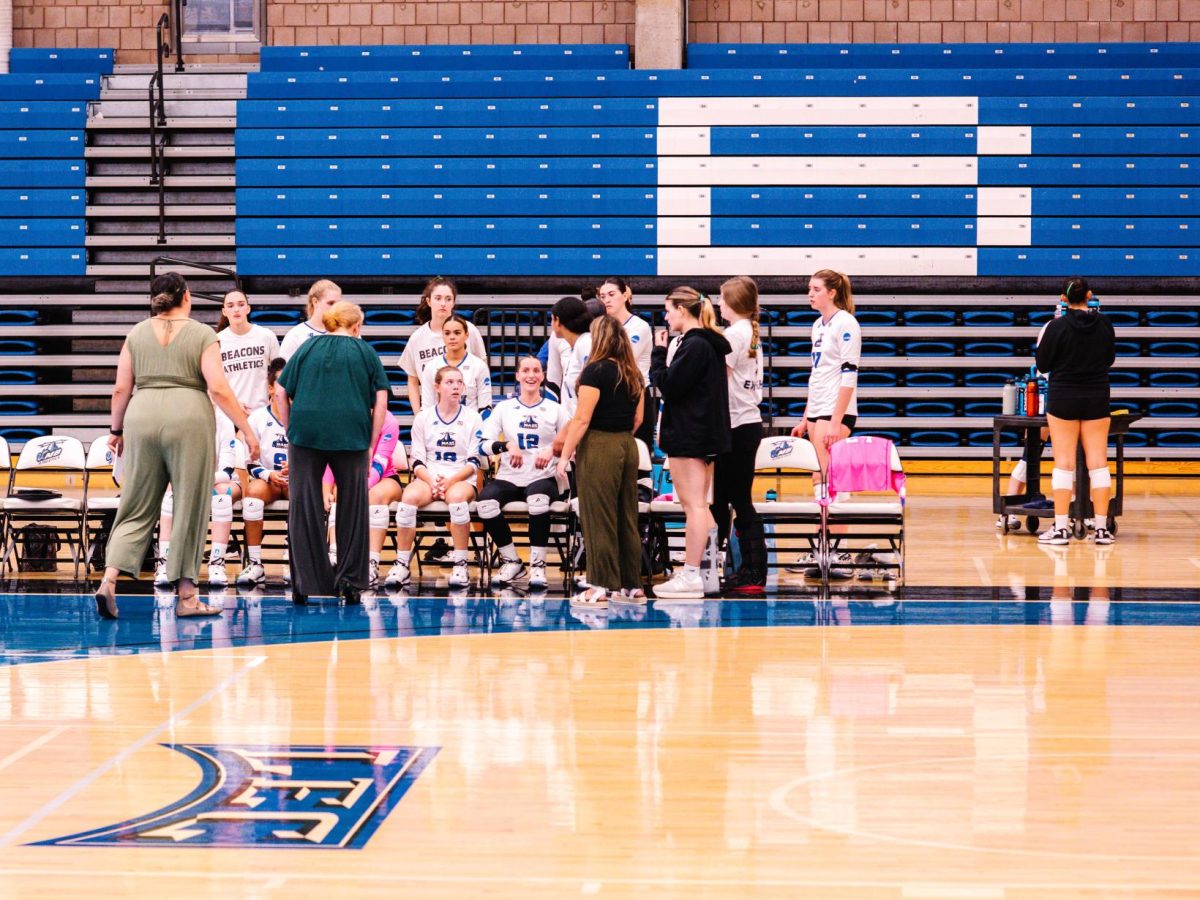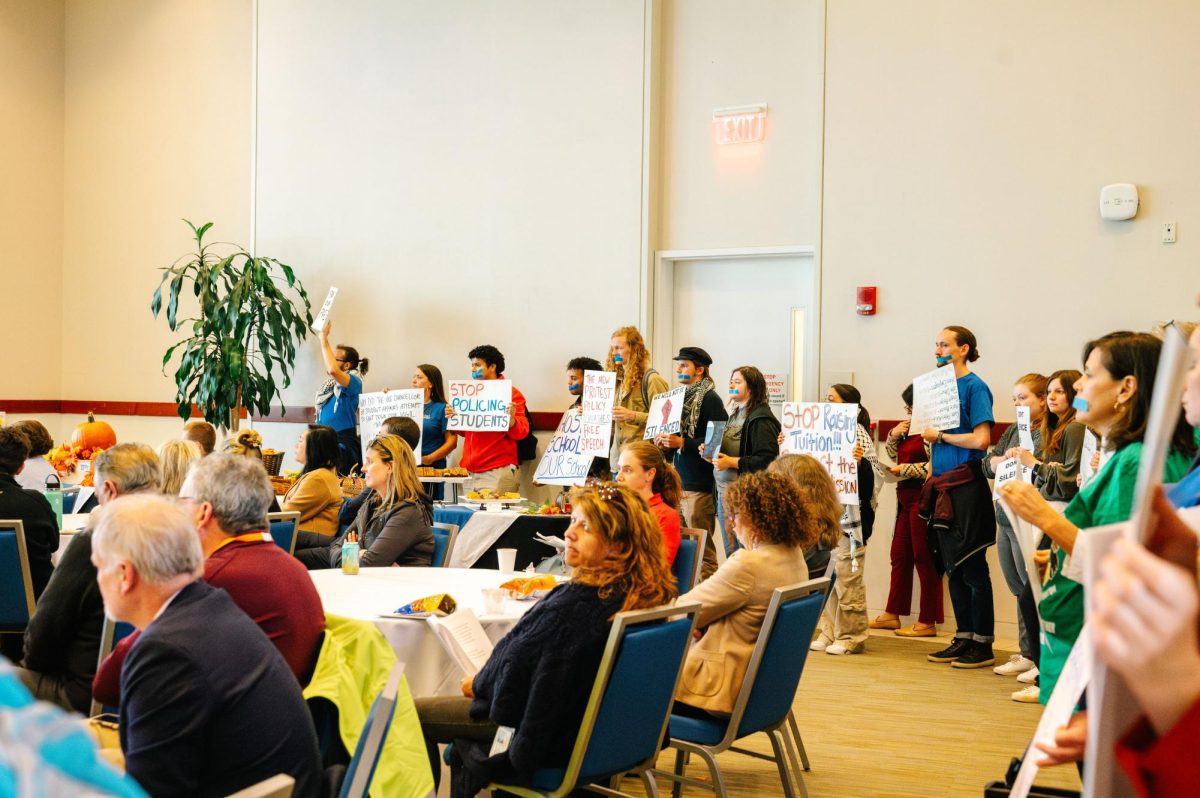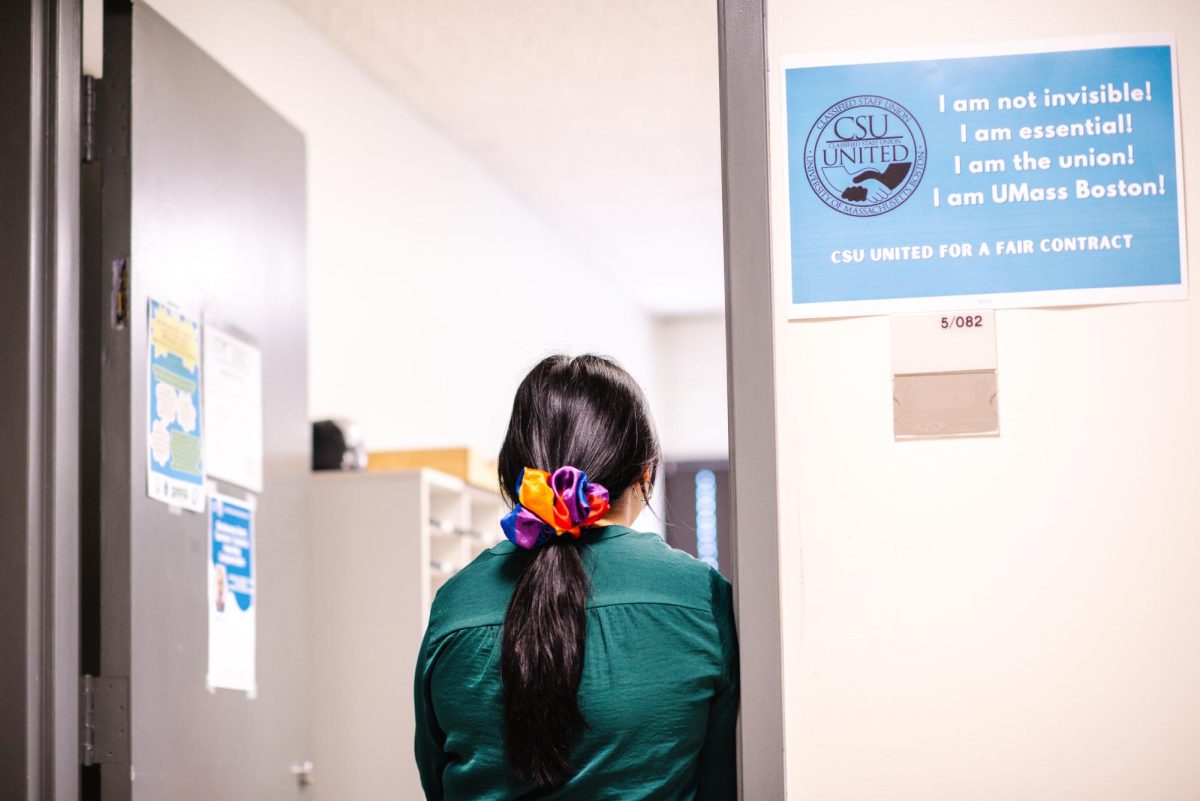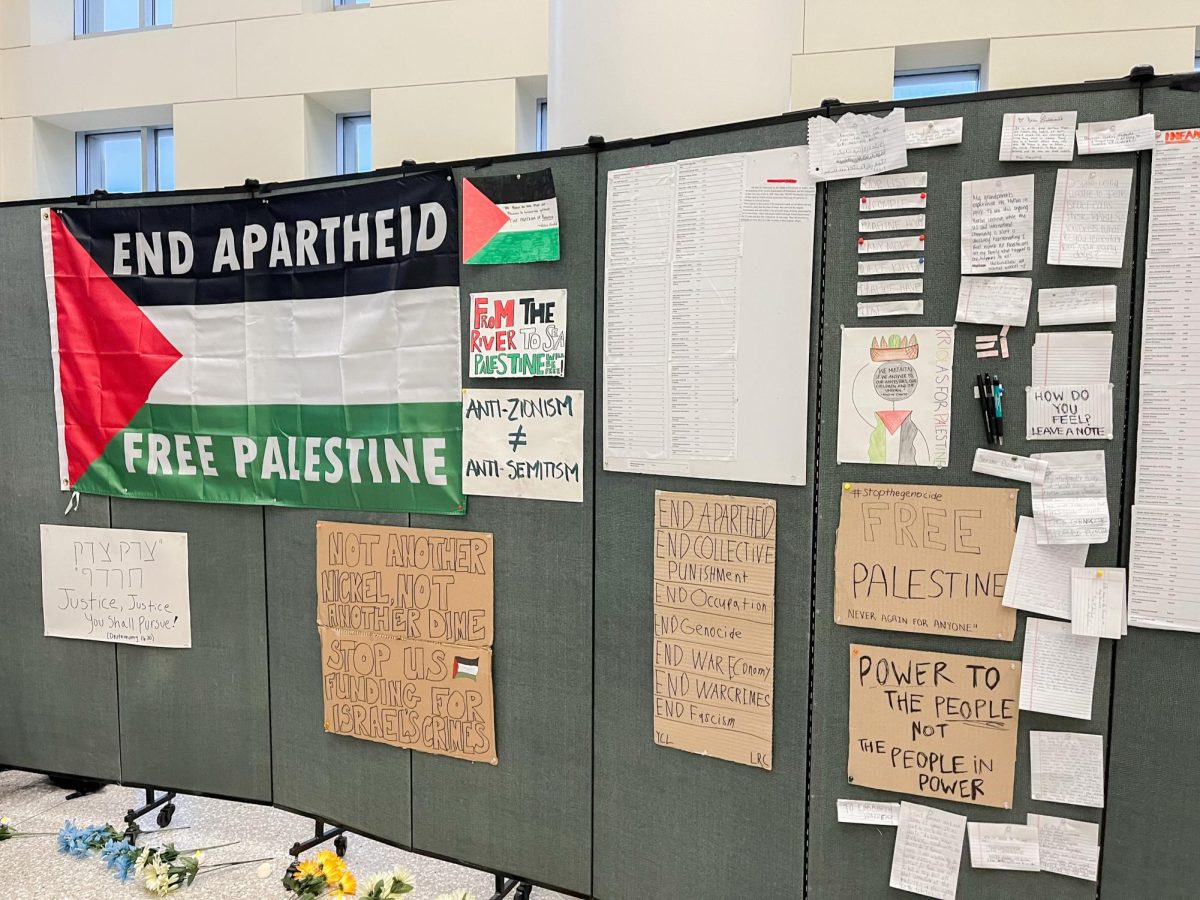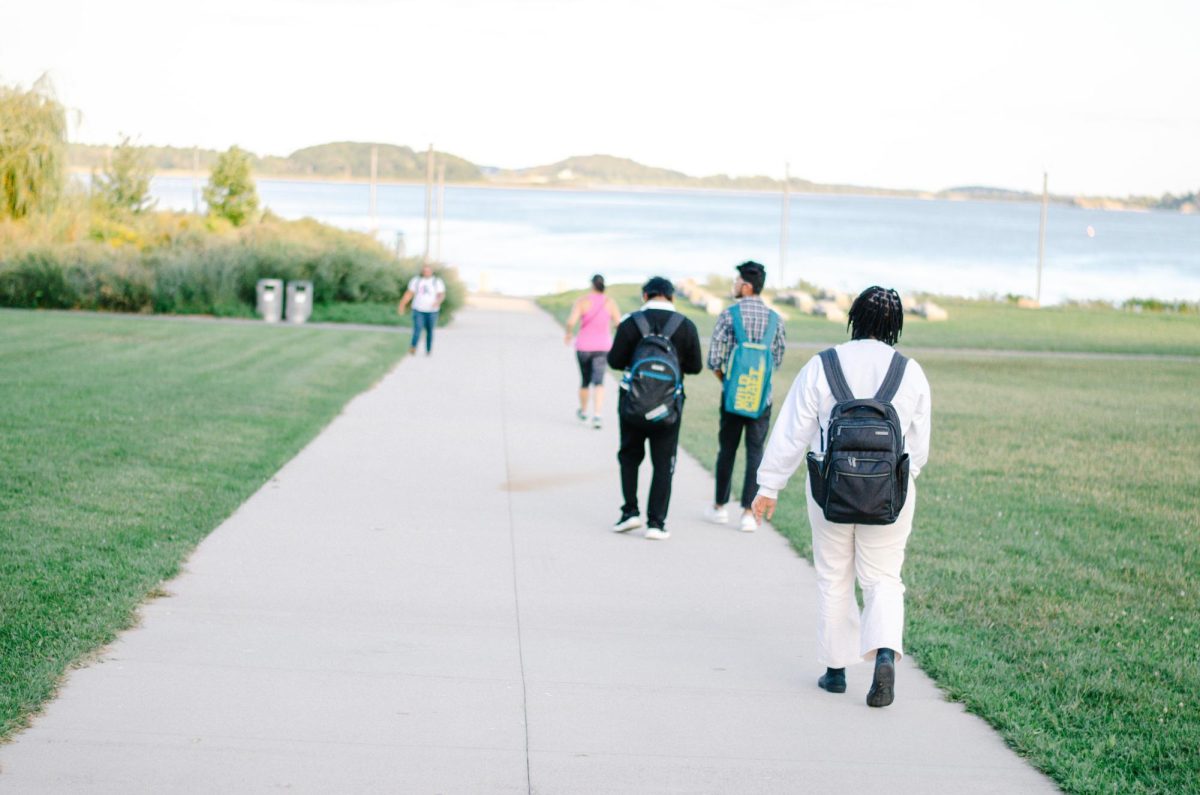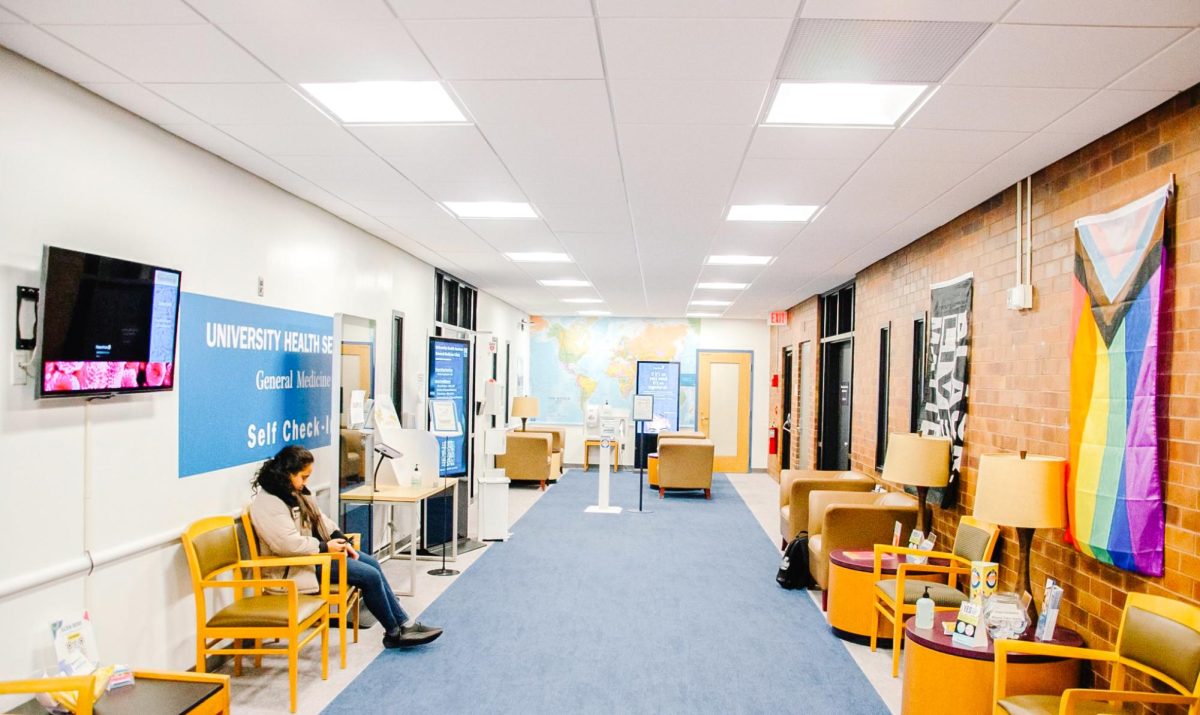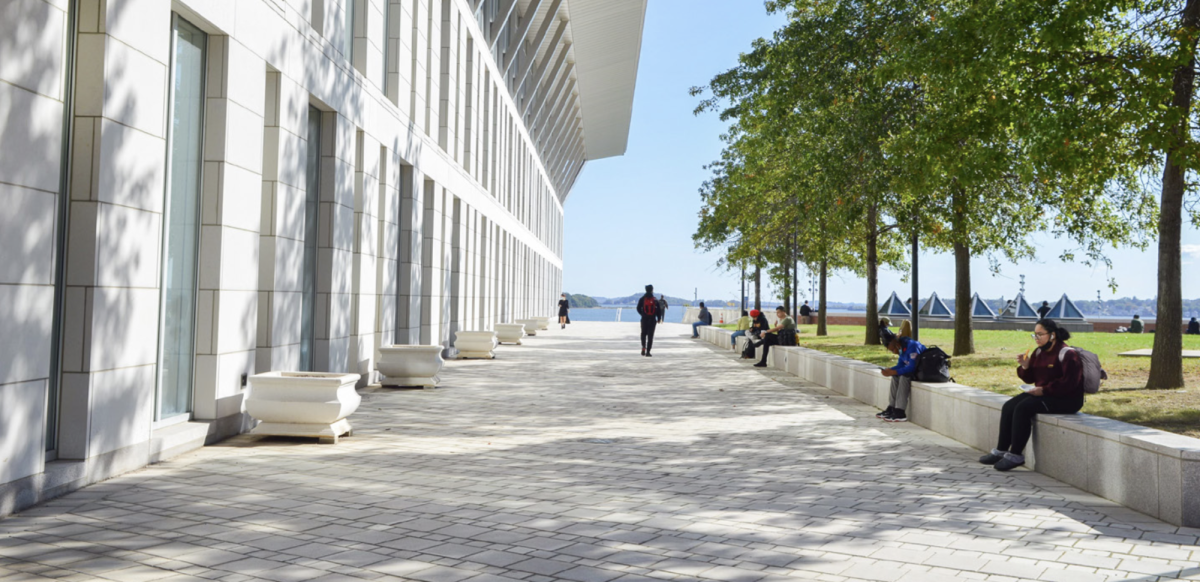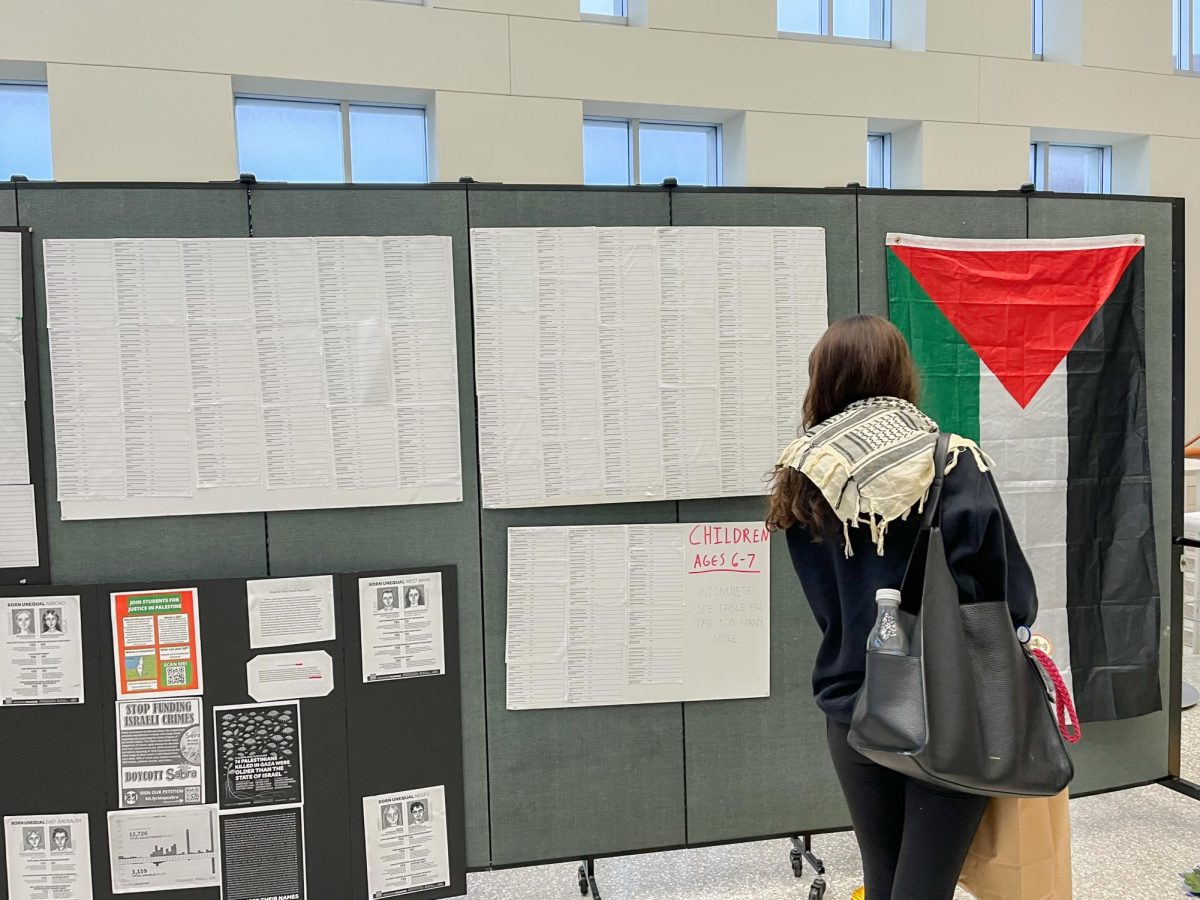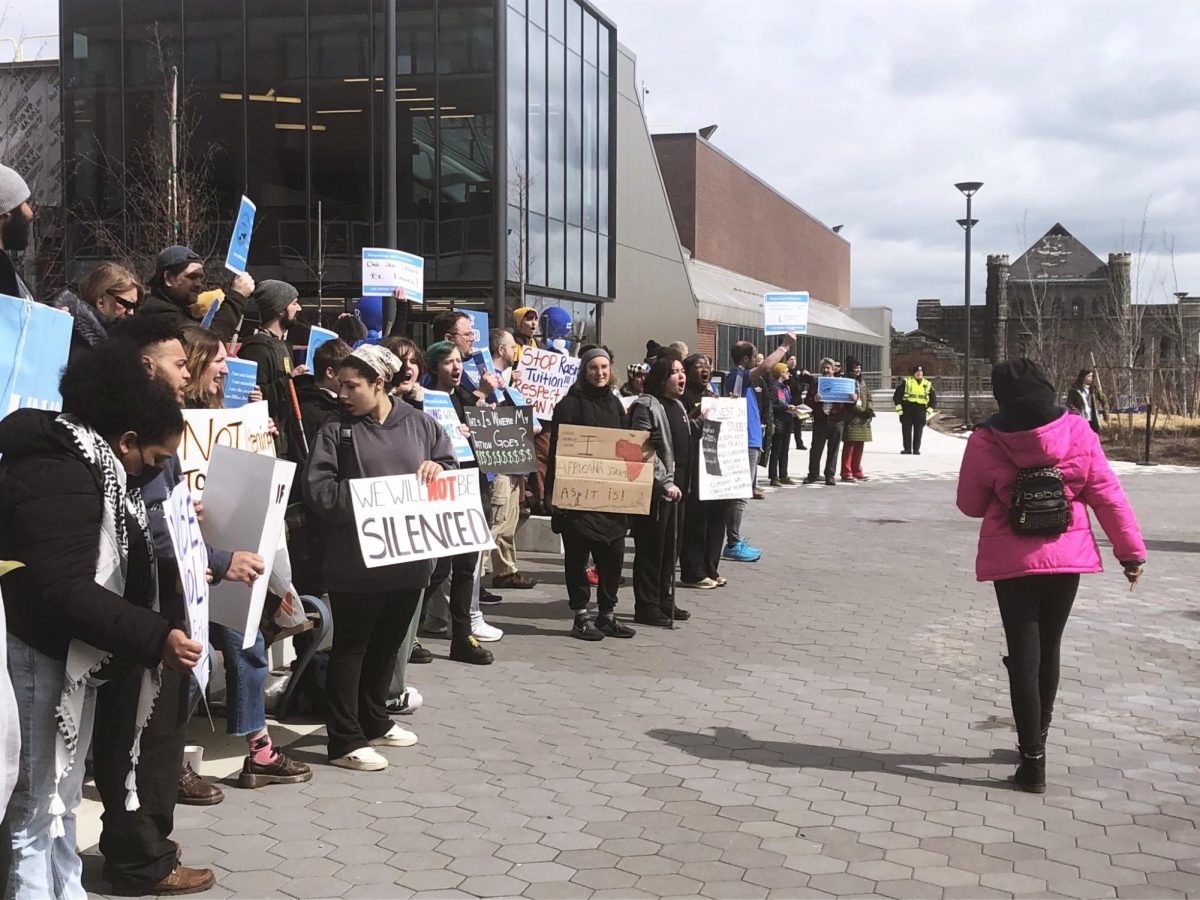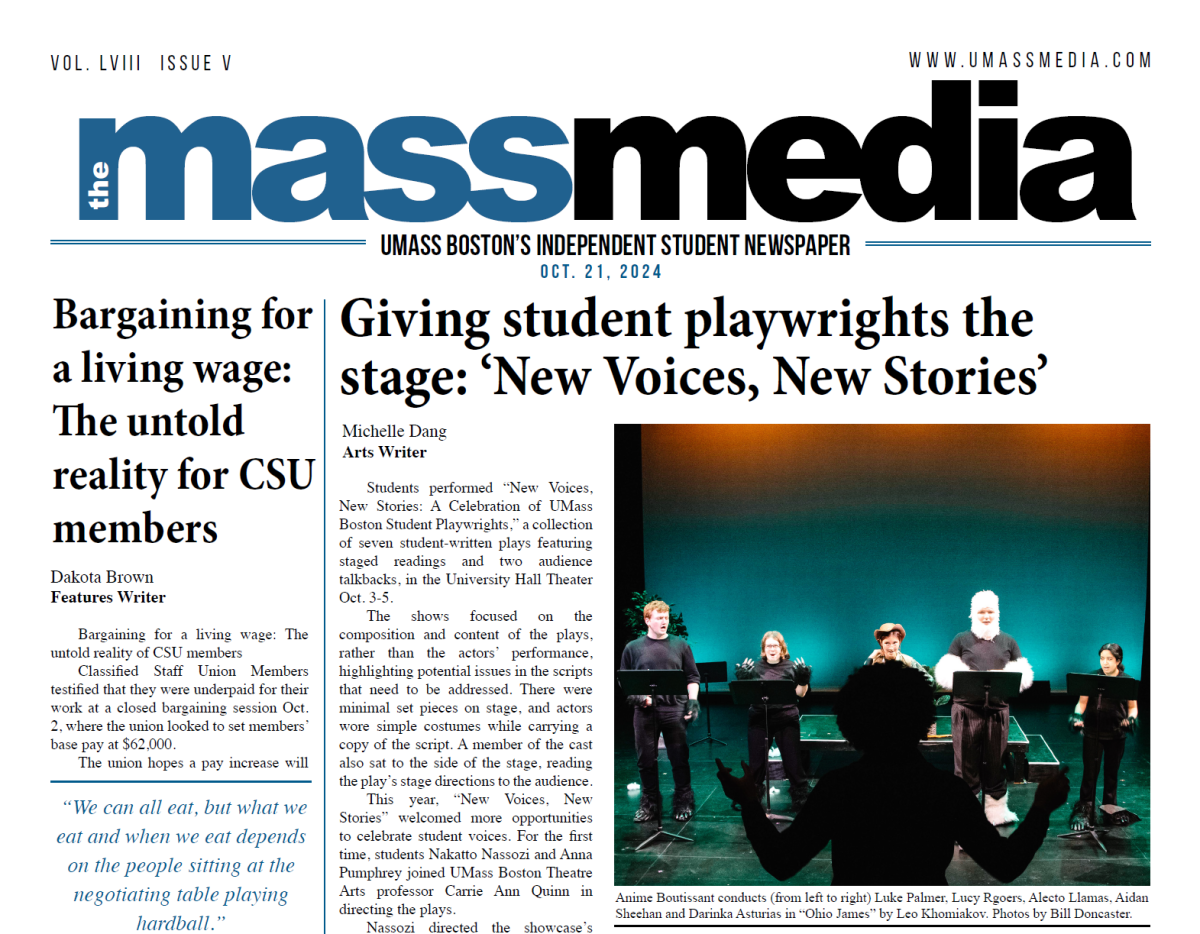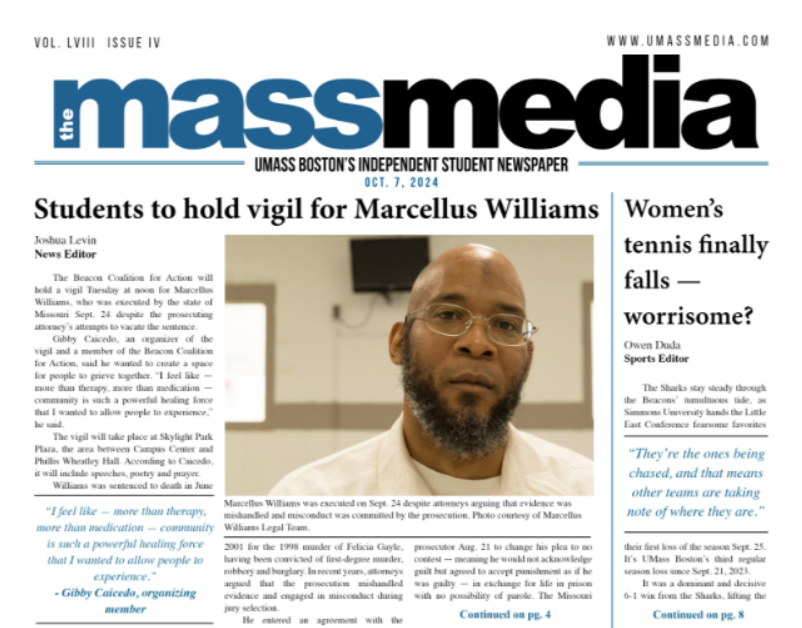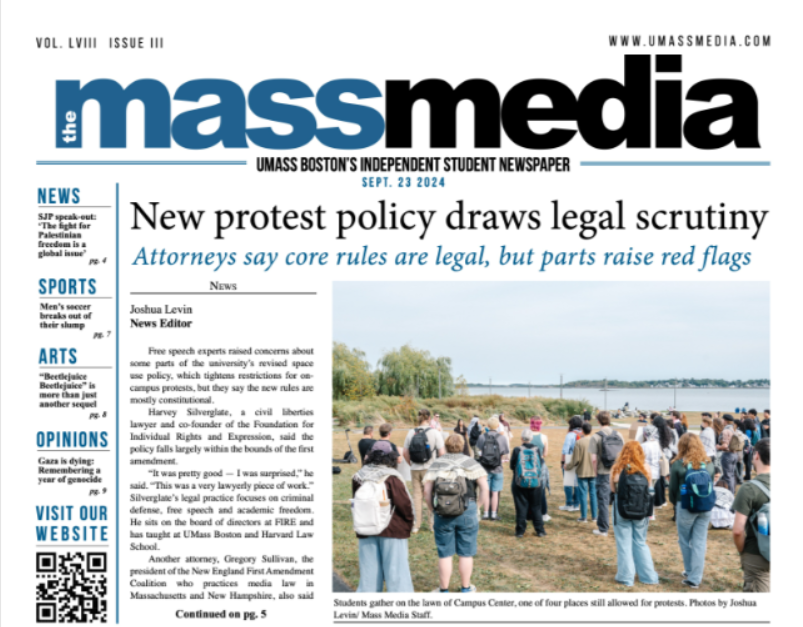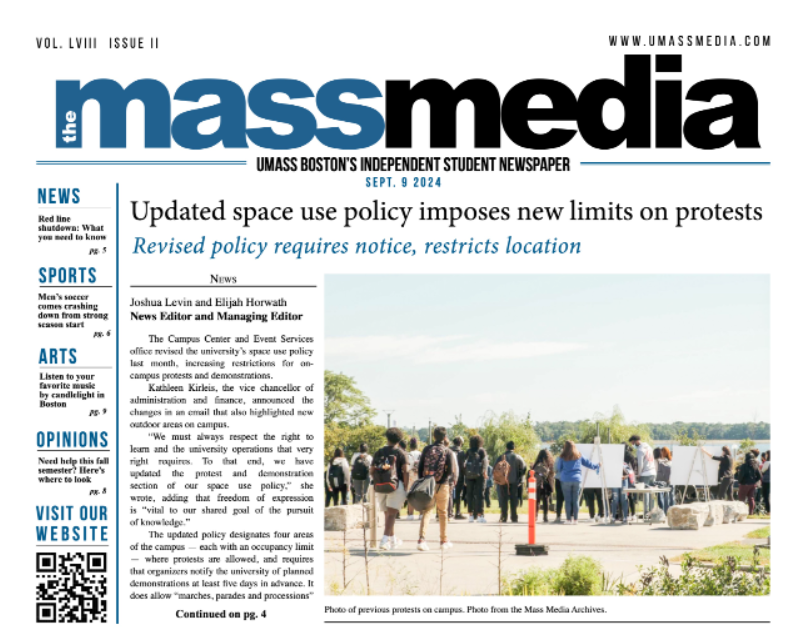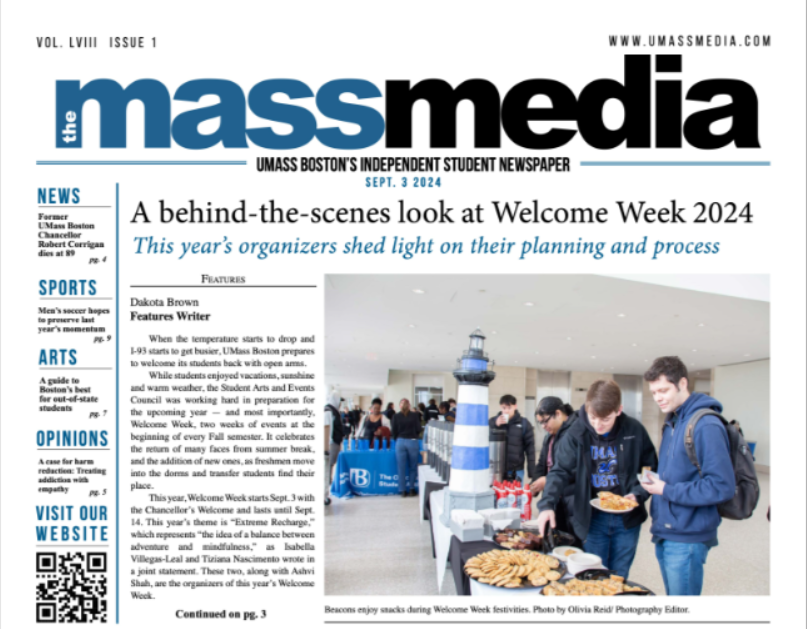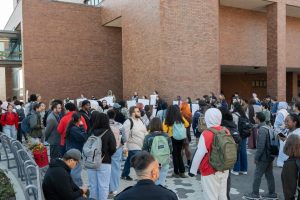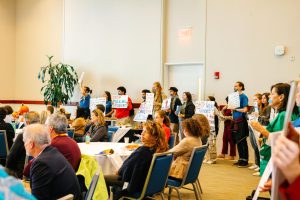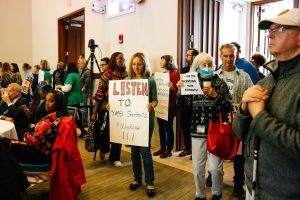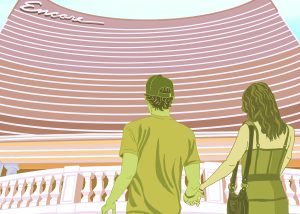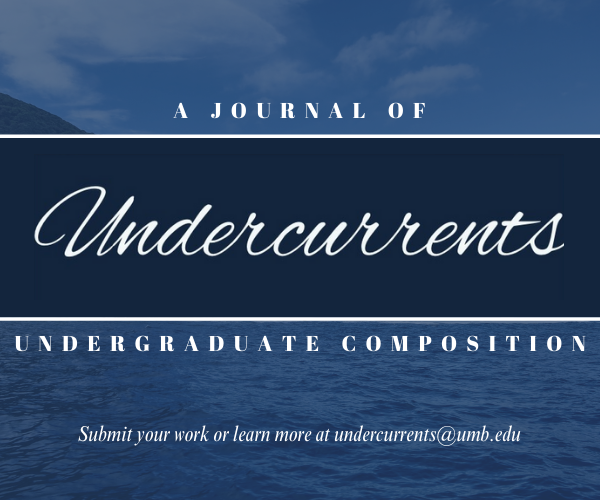Something Sparkling in the Suffering
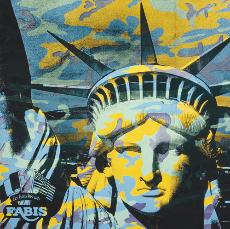
April 30, 2007
Sometimes, out of the most ragged earth come the most sparkling jewels, out of the most frightening storms, come the most vivid rainbows. And, sometimes, out of the most horrific human suffering, comes the most passionate art. This is the case with “War and Discontent,” a new contemporary art exhibition at the Museum of Fine Arts-Boston.
“War and Discontent” explores some artists’ response to war in their world, the true genius that can come from the most fractured of societies. The exhibition ranges from the mid-19th century works of established masters like Manet and Goya, to modern 21st century works of Phil Collins and Suara Weltioff, representing the artists response to war from the time of Napoleon to today.
The etchings of Francisco y Lucientes Goya, “Disasters of War,” were published in 1863 and are some of the most disturbing images in the exhibit. Images of bodies dragged through streets and practically torn apart are the harsh realities of warfare that Goya faced as he explored the effects of Napolean’s Peninsular War around him.
Along with Goya’s series of etches is a series done in 1999 by Jake and Dinos Chapman also titled “Disasters of War.” The two series are shown together illustrating the disturbing similarities of war, the inhuman nature of combative times.
Manet’s masterpiece “Execution of the Emperor Maximilian” is another of the centerpieces of the exhibit. The painting from 1867 depicts Mexican emperor Maximilian meeting his death by firing squad.
Picasso’s “Rape of the Sabine Women” is an abstract examination of an Ancient Roman myth. It is said that shortly after the founding of Rome a lack of females with whom to continue the population of the city drove Romulus to lead other Roman men in abducting the women of the Sabines, a group of people who inhabited the area around Rome. Picasso’s painting is of two brutish Roman men mercilessly trampling a woman and her child.
Along with these pieces by the masters are more contemporary views of a world at war. The world, this global village in which we live, is scarred with conflict and unhappiness. The emotions that come from being surrounded by such suffering are released in works that span every medium from sculpture to video.
Leon Golub’s huge acrylic on linen paintings, “Interrogation I” and “Napalm,” are at the same time mesmerizing and devastating. “Interrogation I” depicts a naked, hanging man with two soldiers beside him, one who tortures him and one seemingly indifferent to the situation. “Napalm” shows two burned and blistered bodies in twisted agony.
“The Sailing Destroyer” by Chris Burden is a model of the attempts to transform a decommissioned warship, HMS Cavalier, into a sailing vessel. A destroyer, reinforced steel shell and guns in full glory, a symbol of animosity, is transformed with masts and sails into something one would use on a leisurely voyage through open seas.
The work of artists like Andy Warhol, whose piece “Statue of Liberty” is found in the exhibit, is much more subdued in their approach to the subject. “Statue of Liberty” shows the familiar monument overlaid with camouflage, a subtle commentary on the world of the mid-’80s as war and strife spread across the globe.
The most uplifting part of the exhibit, but also just as disturbing, is a video by Phil Collins called “they shoot horses,” depicting a dance marathon Collins organized in Ramallah, Palestine. It is a visually arresting view of the resilience of the human spirit even in the face of strife and uncertainty.
The video focuses on nine teenagers who danced for more than 8 hours. The marathon was interrupted numerous times by blackouts, calls to prayer and curfew. Despite the obstacles the participants carried on. The viewer watches them as they groove to Western pop tunes, enduring pain and distraction to reach their goal. They hold each other up until it becomes impossible and they collapse.
Some of the pieces include personal responses from members of the Teen Arts Council (TAC), a group of young men and women whose goal is to bridge the connection between the MFA and Greater Boston teens, families, and communities. These students were asked to pick a piece of art and to write some kind of response to that art. Through their work the teens investigate what war and discontent means to them.
Members of the TAC will talk about their work in the exhibition during the MFA’s free Memorial Day Open House on May 29 from 10 a.m. to 4:45 p.m. There will be a free gallery talk on July 26 at 11 a.m. conducted by curator of contemporary art Cheryl Brutvan at the Sharf Information Center.
The MFA, located at 450 Huntington Ave. is always free to UMass Boston students with a valid student ID. More information on the MFA can be found at their website mfa.org.

